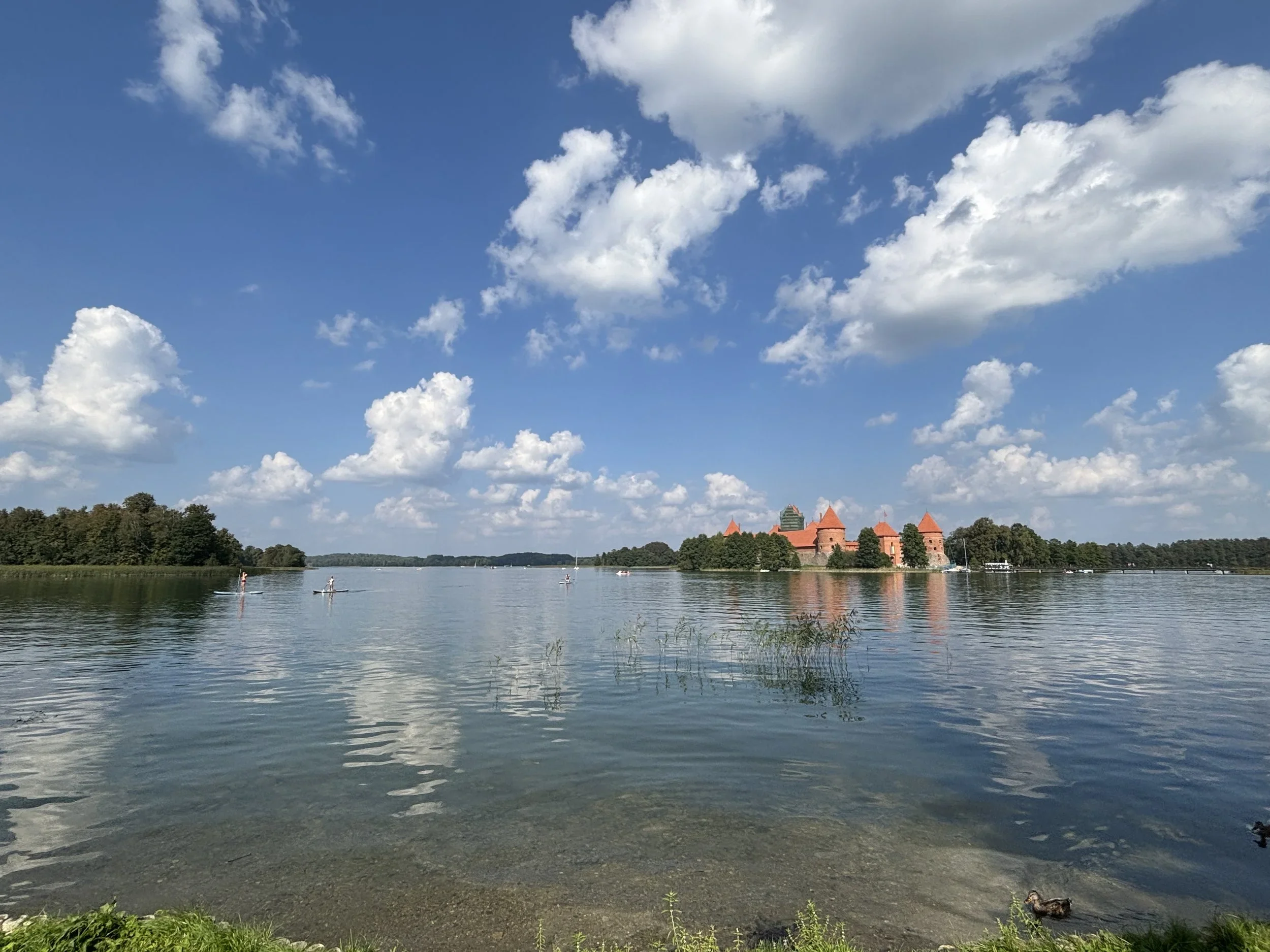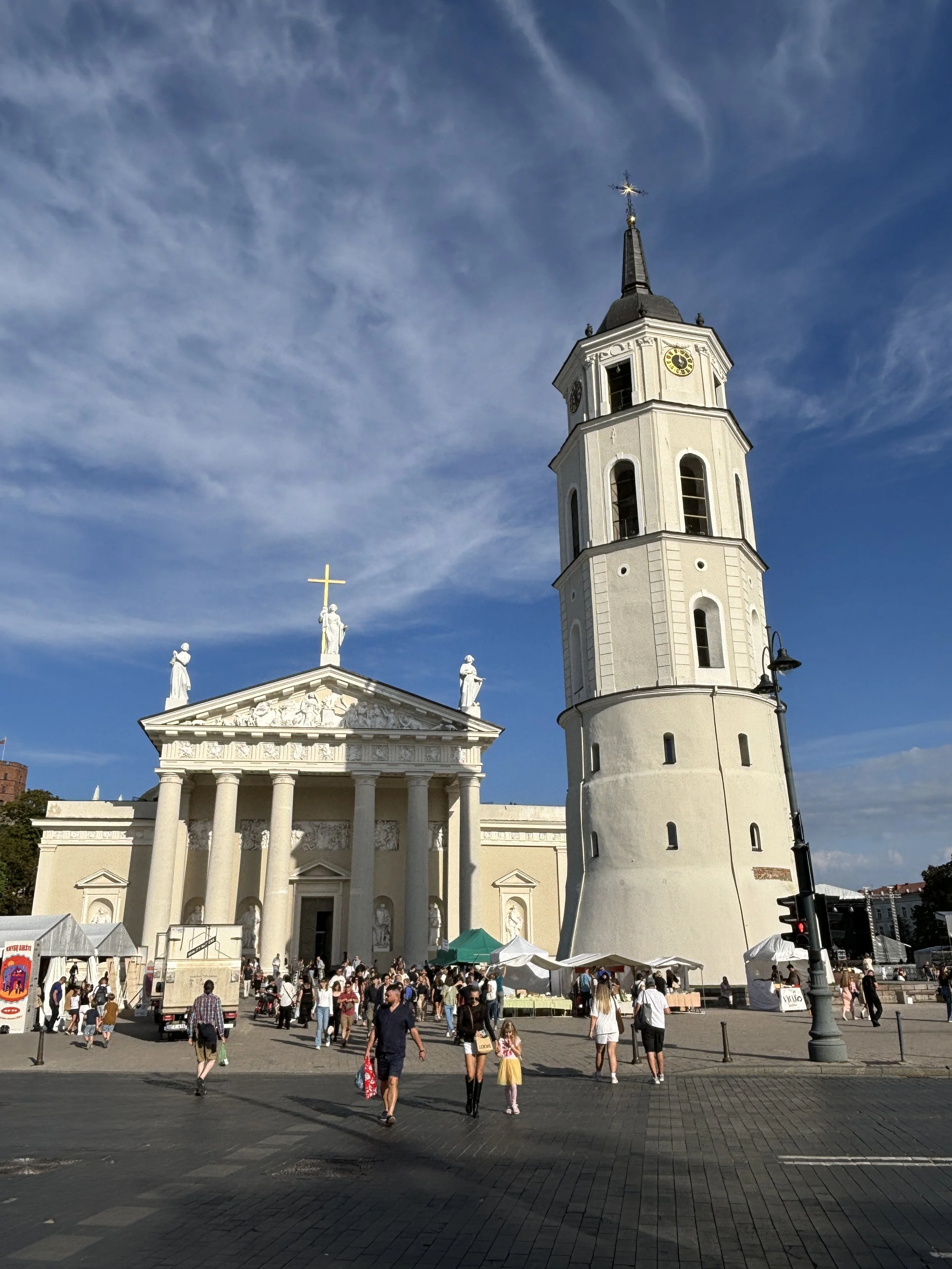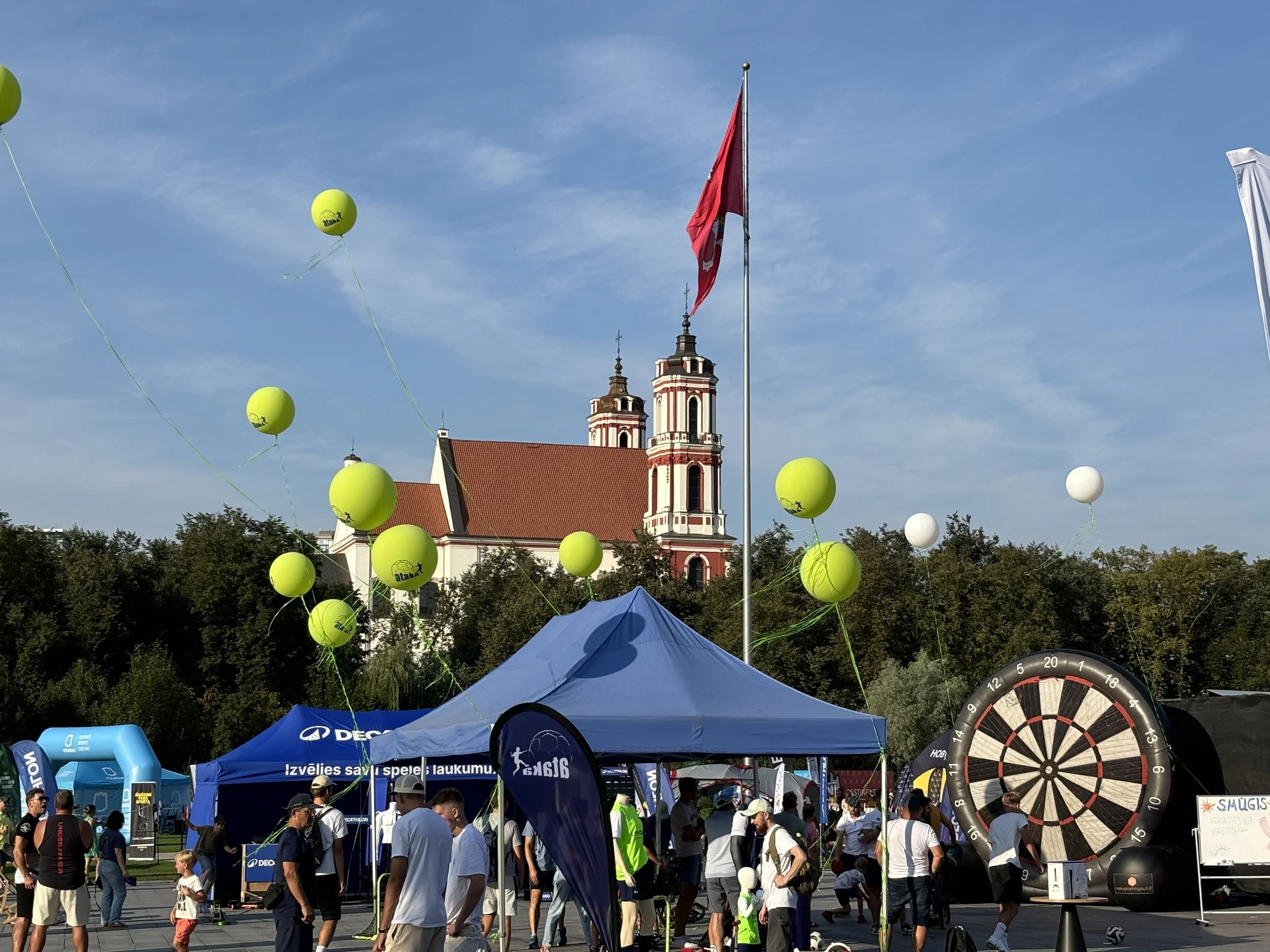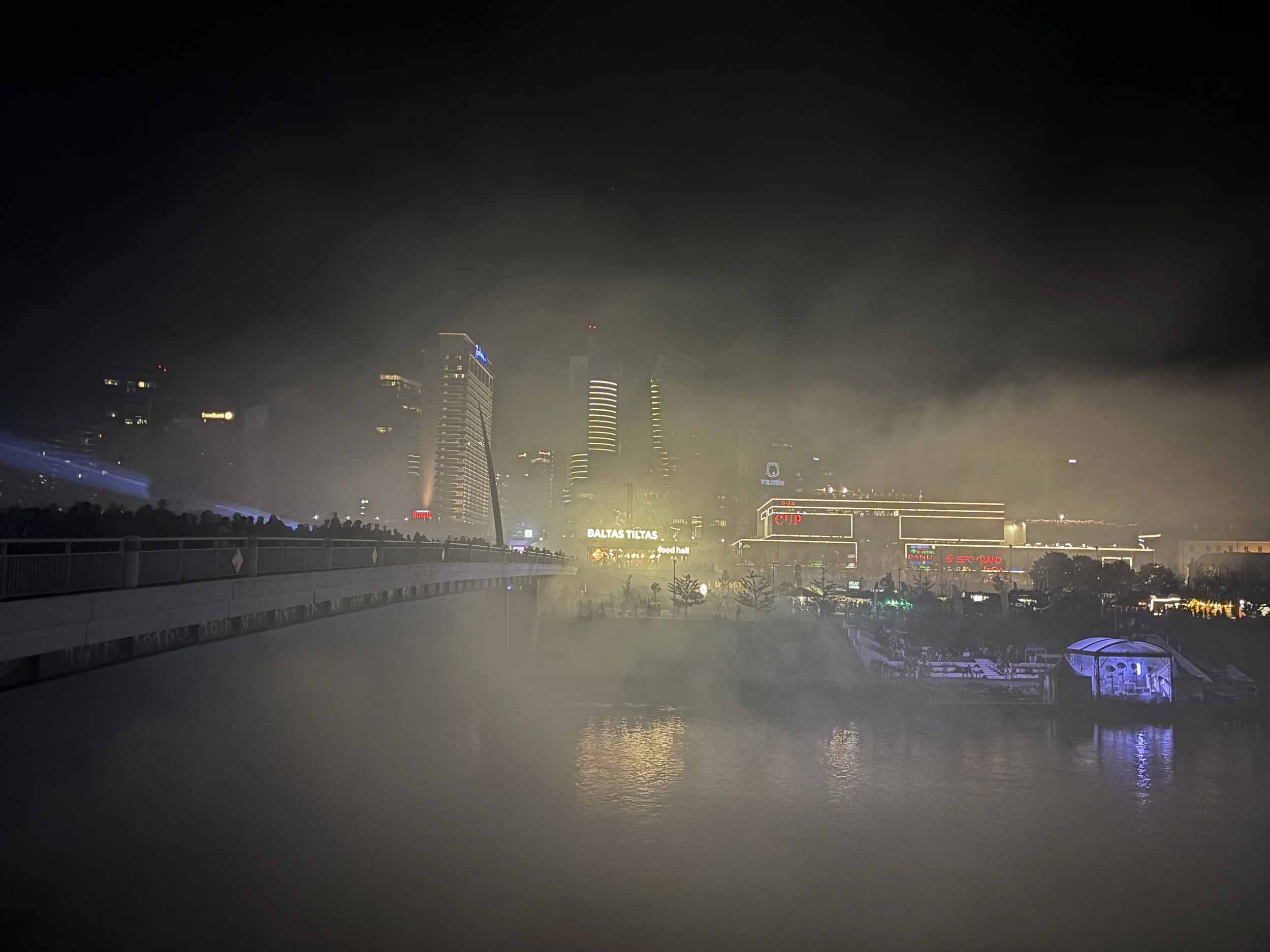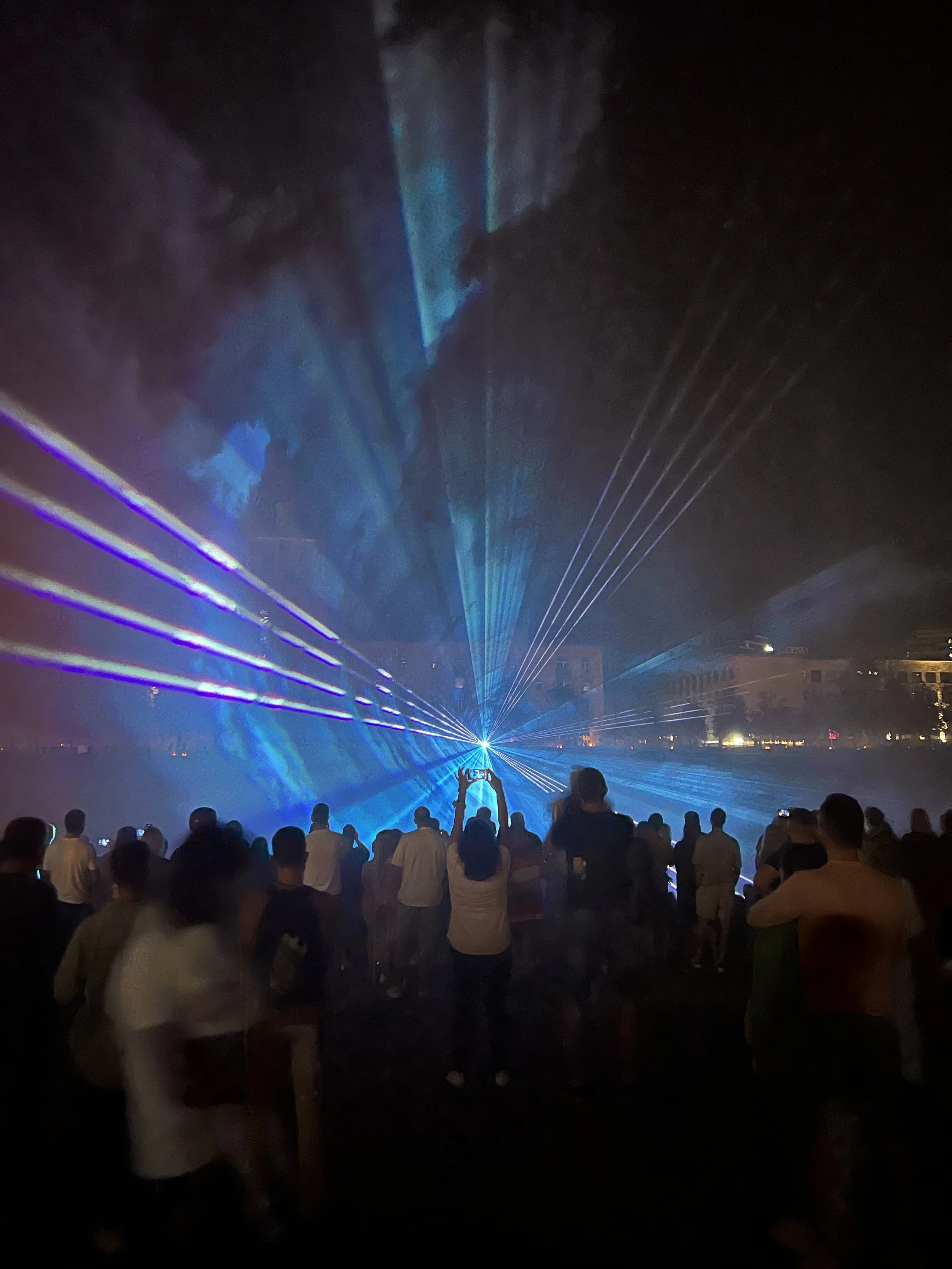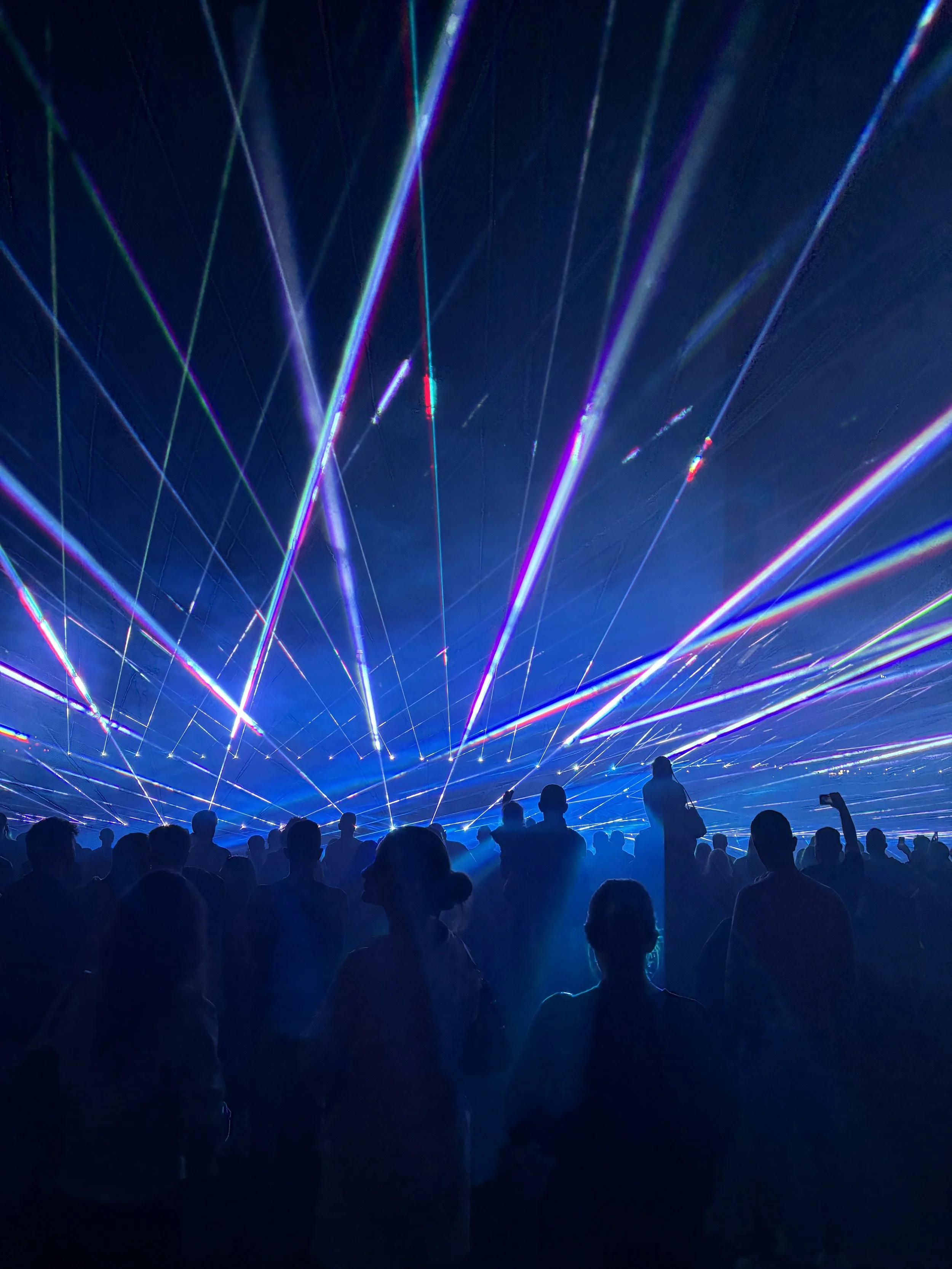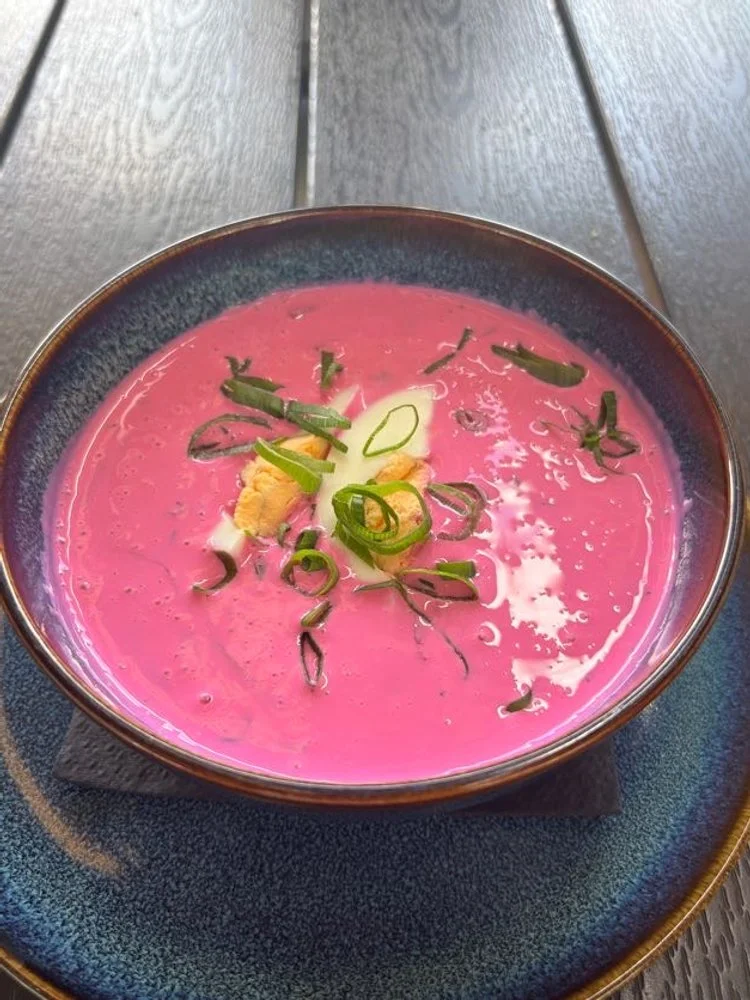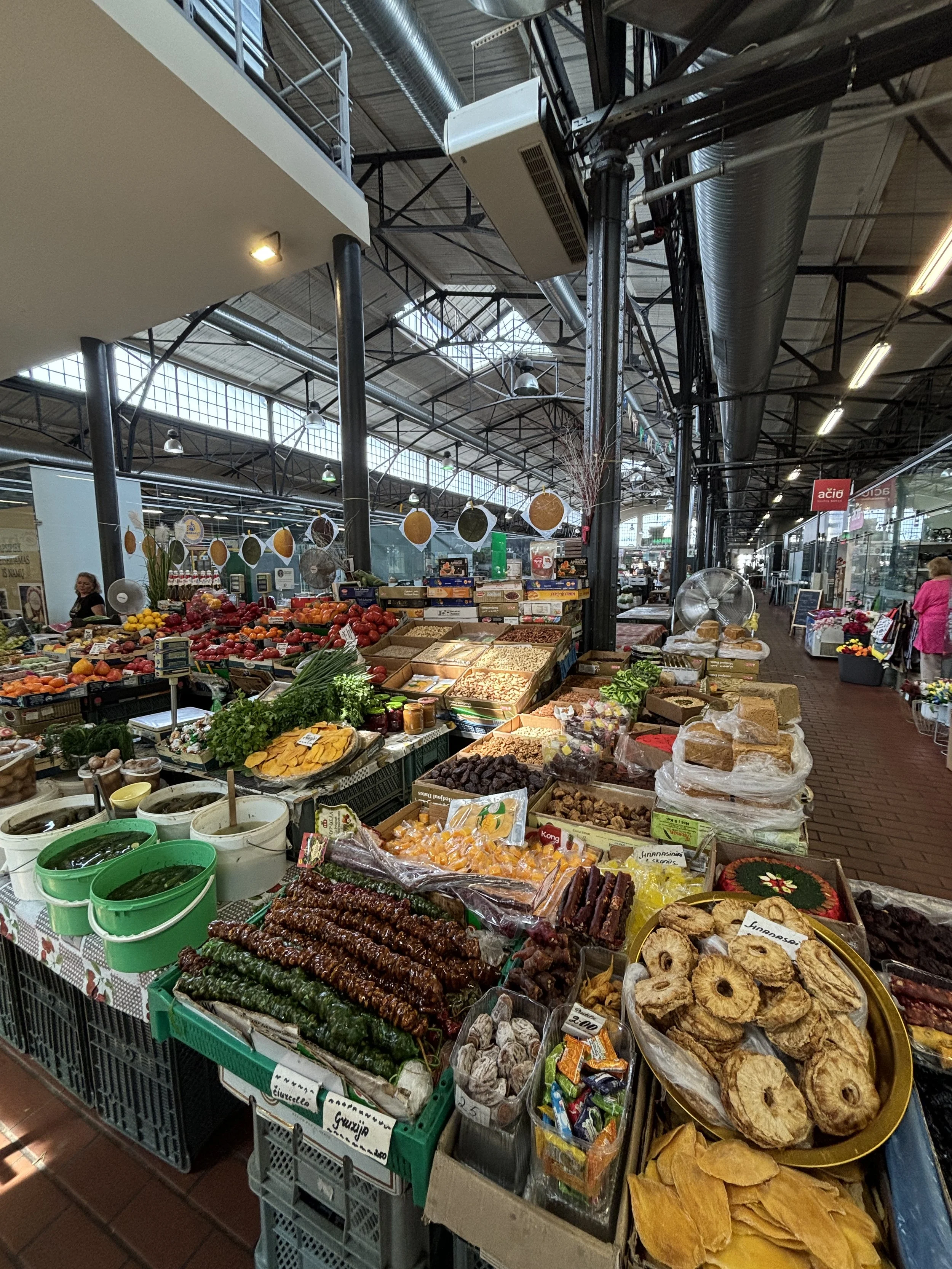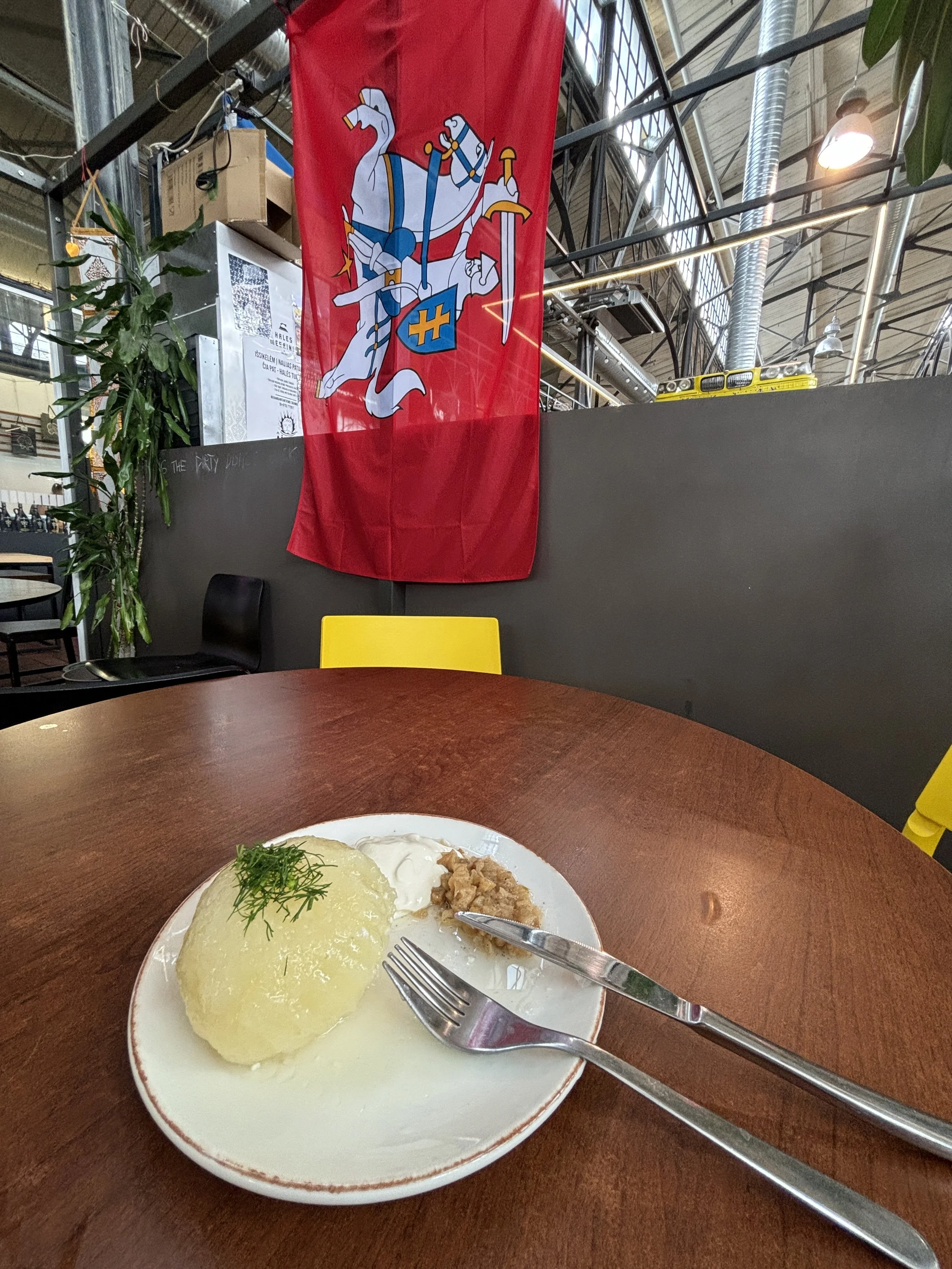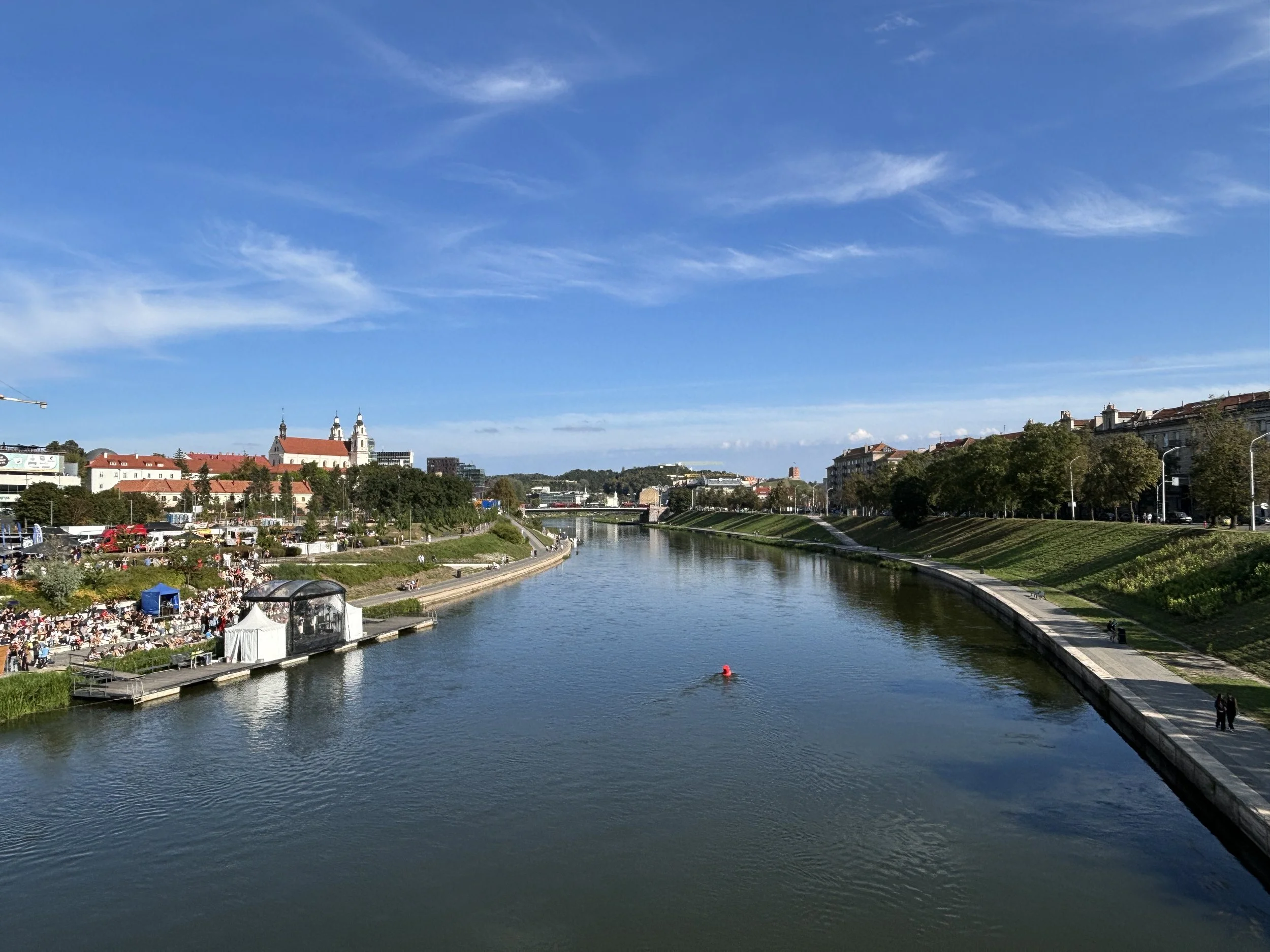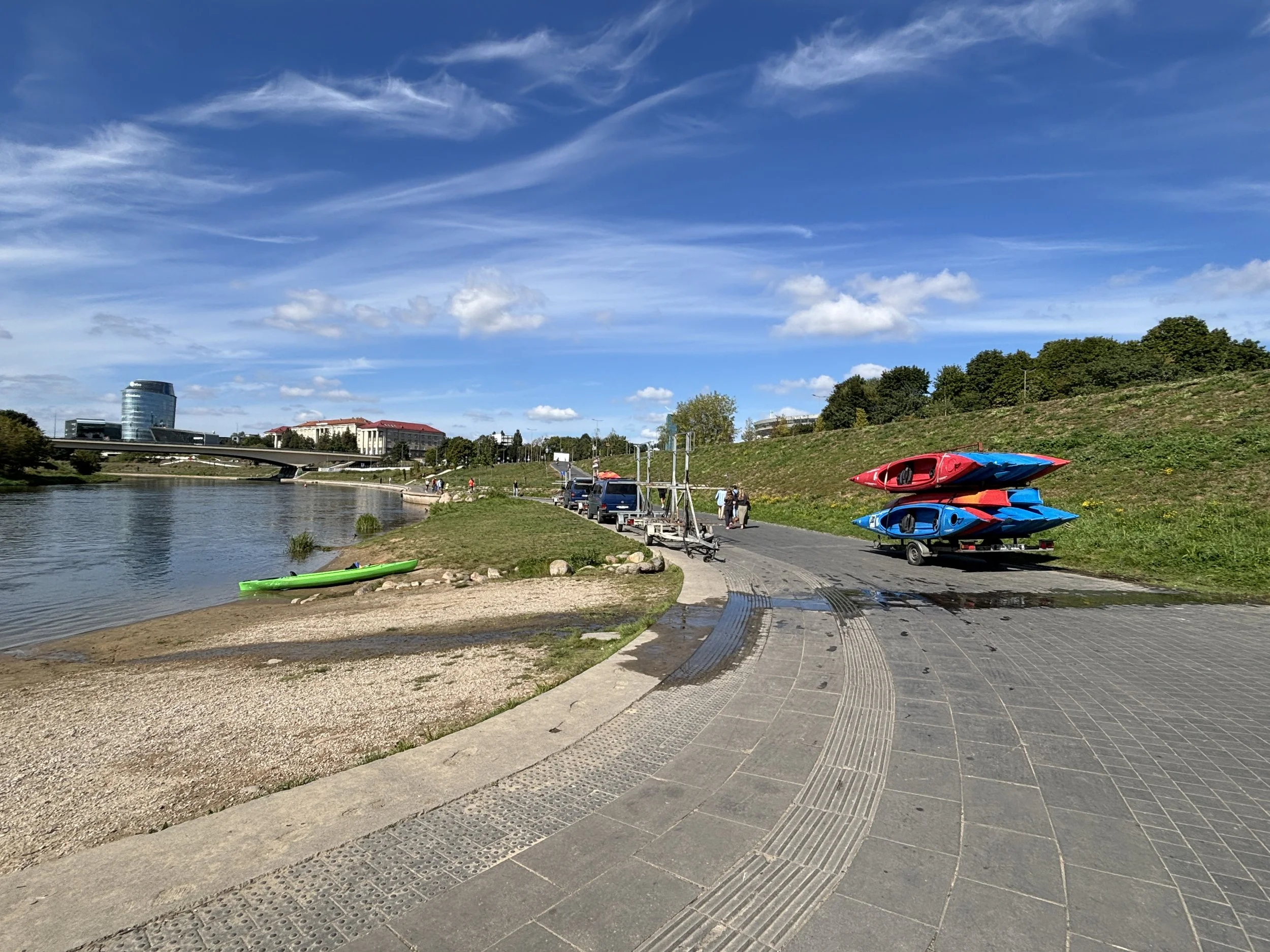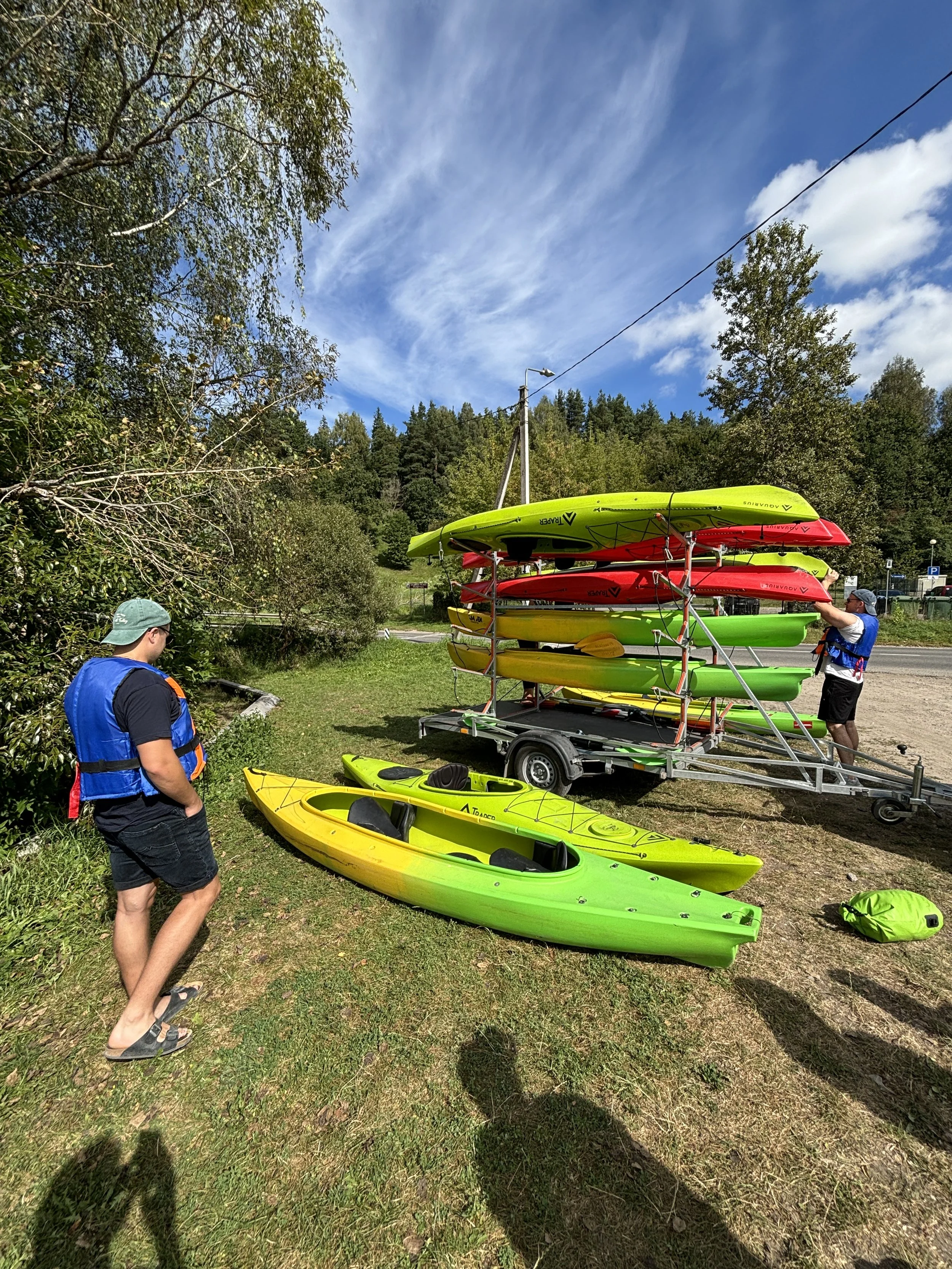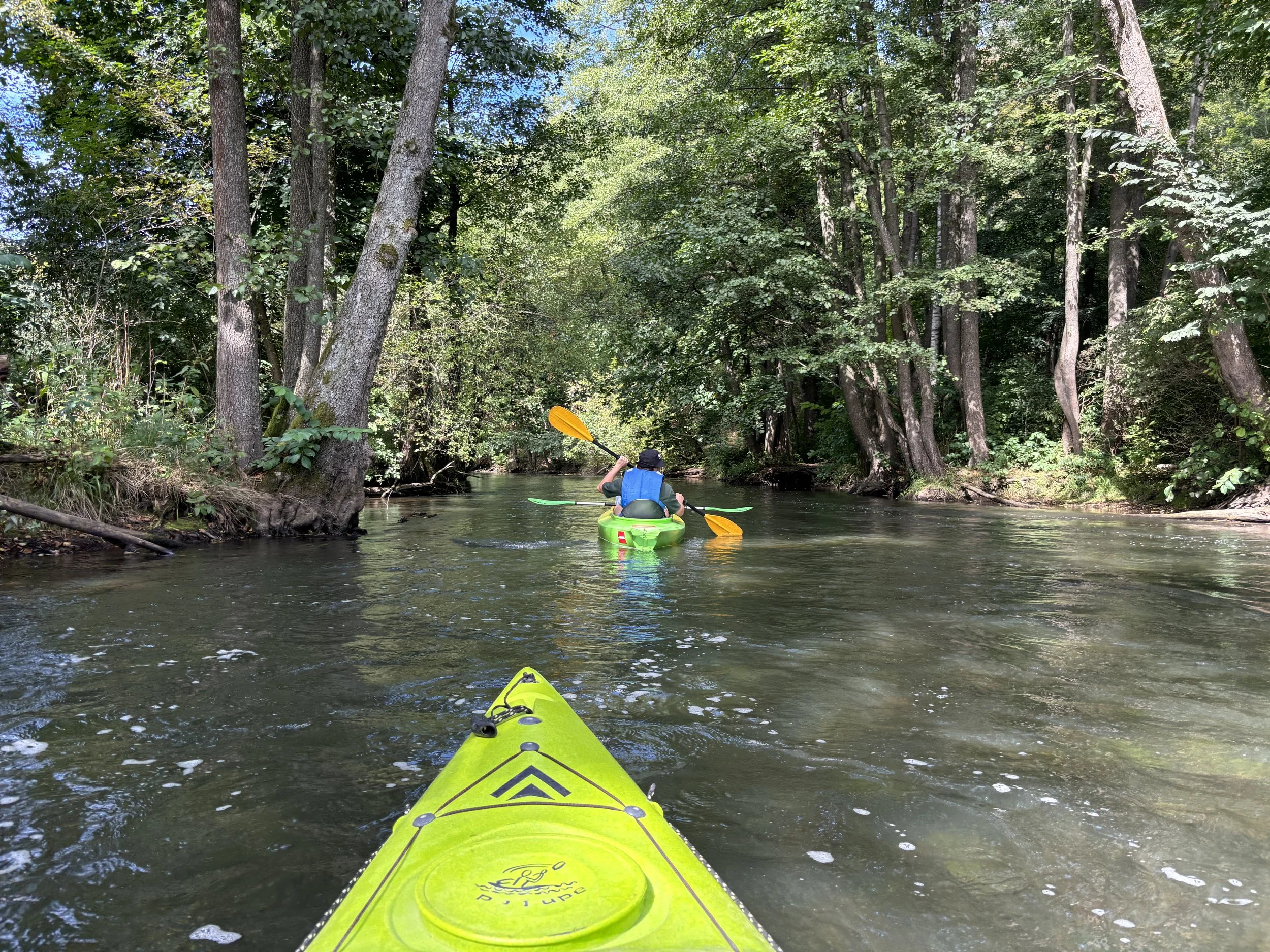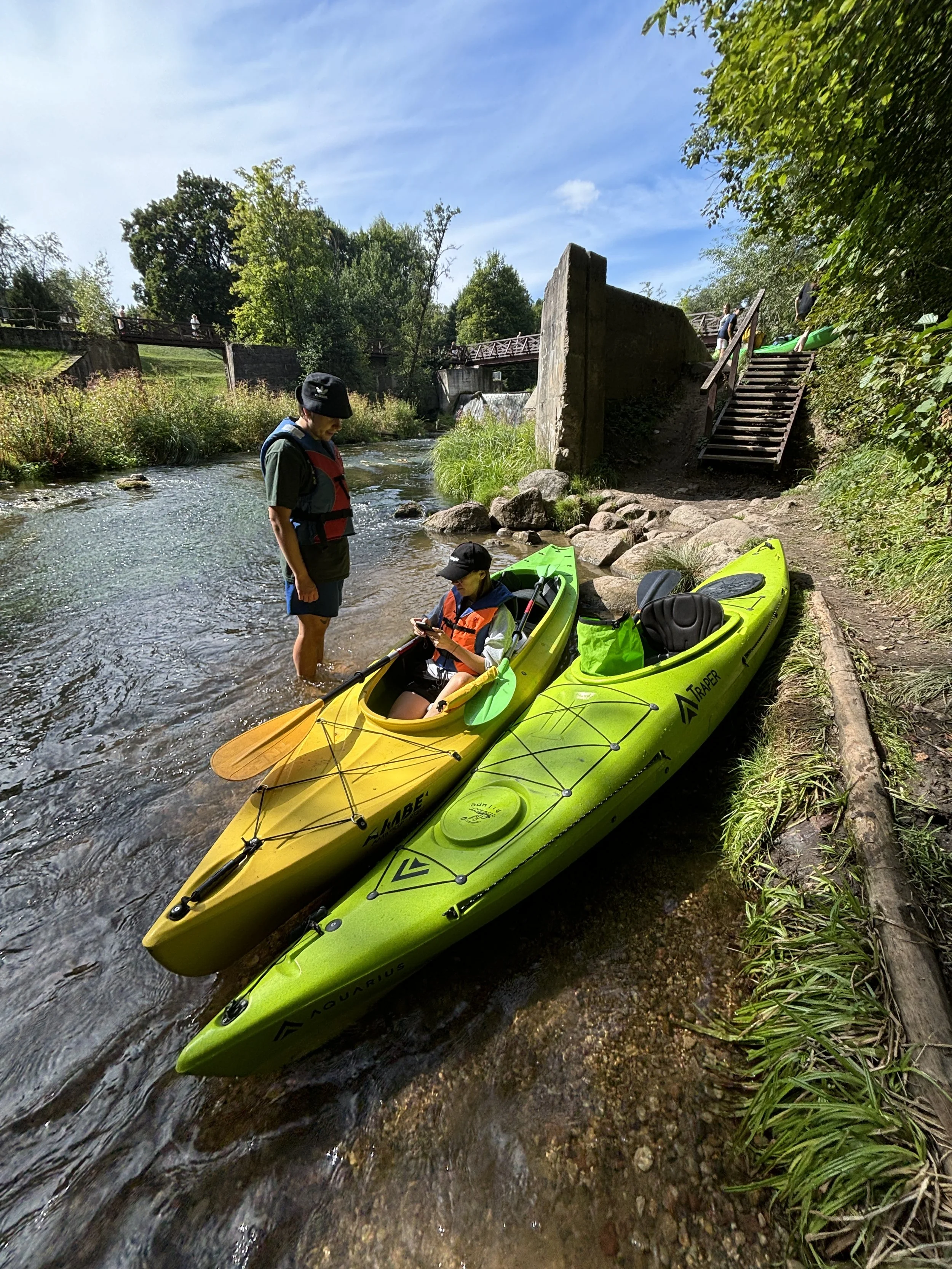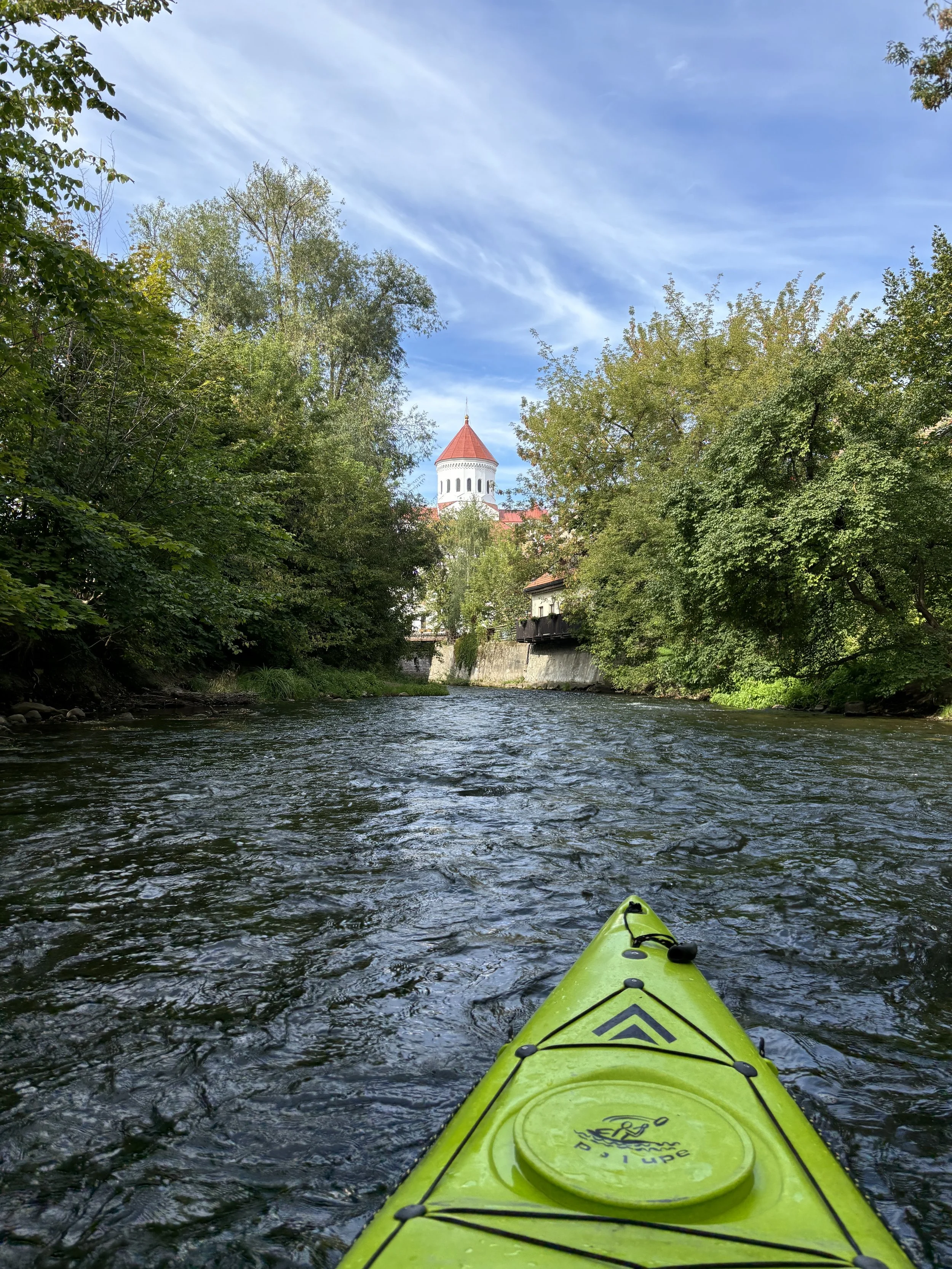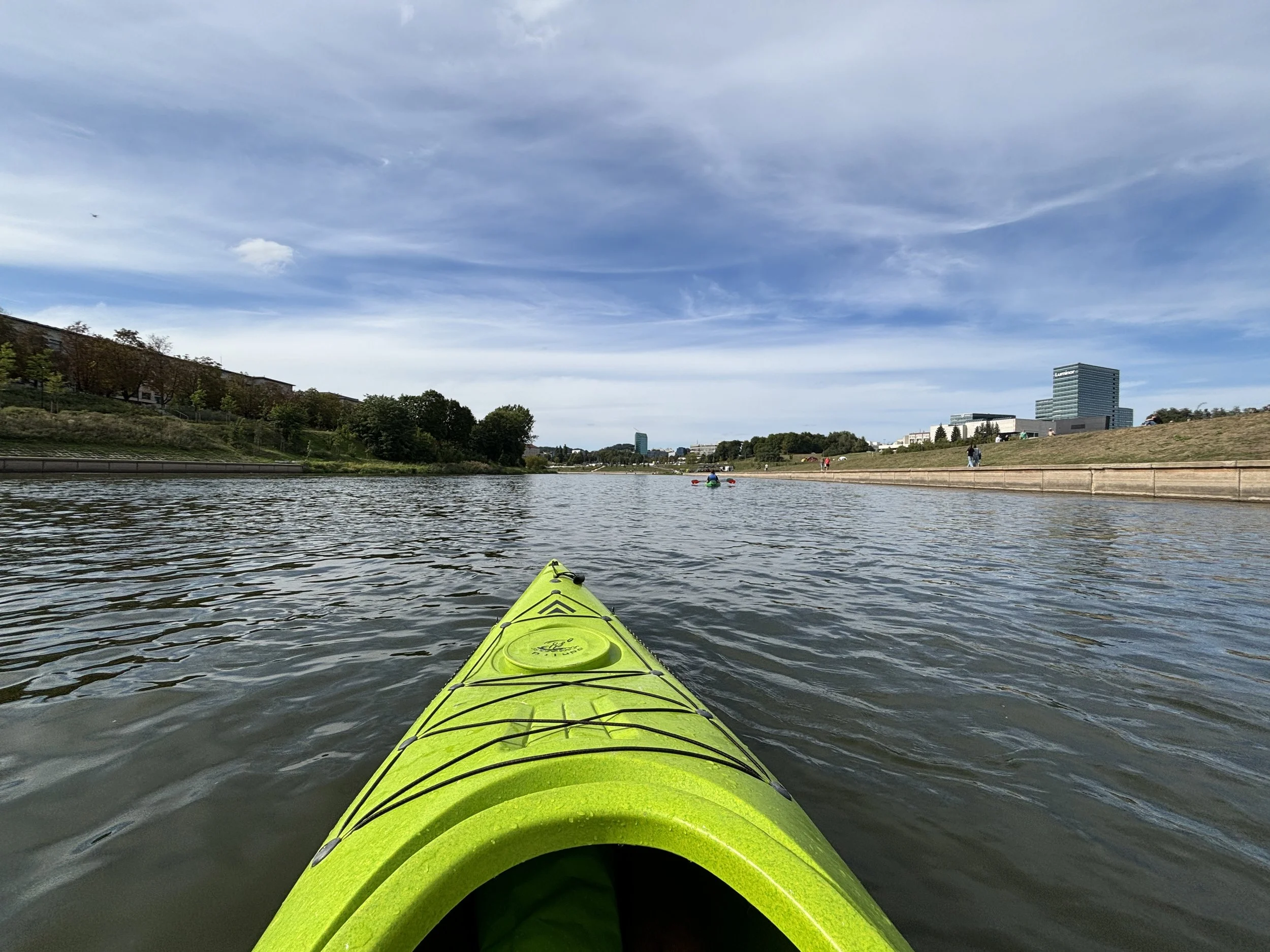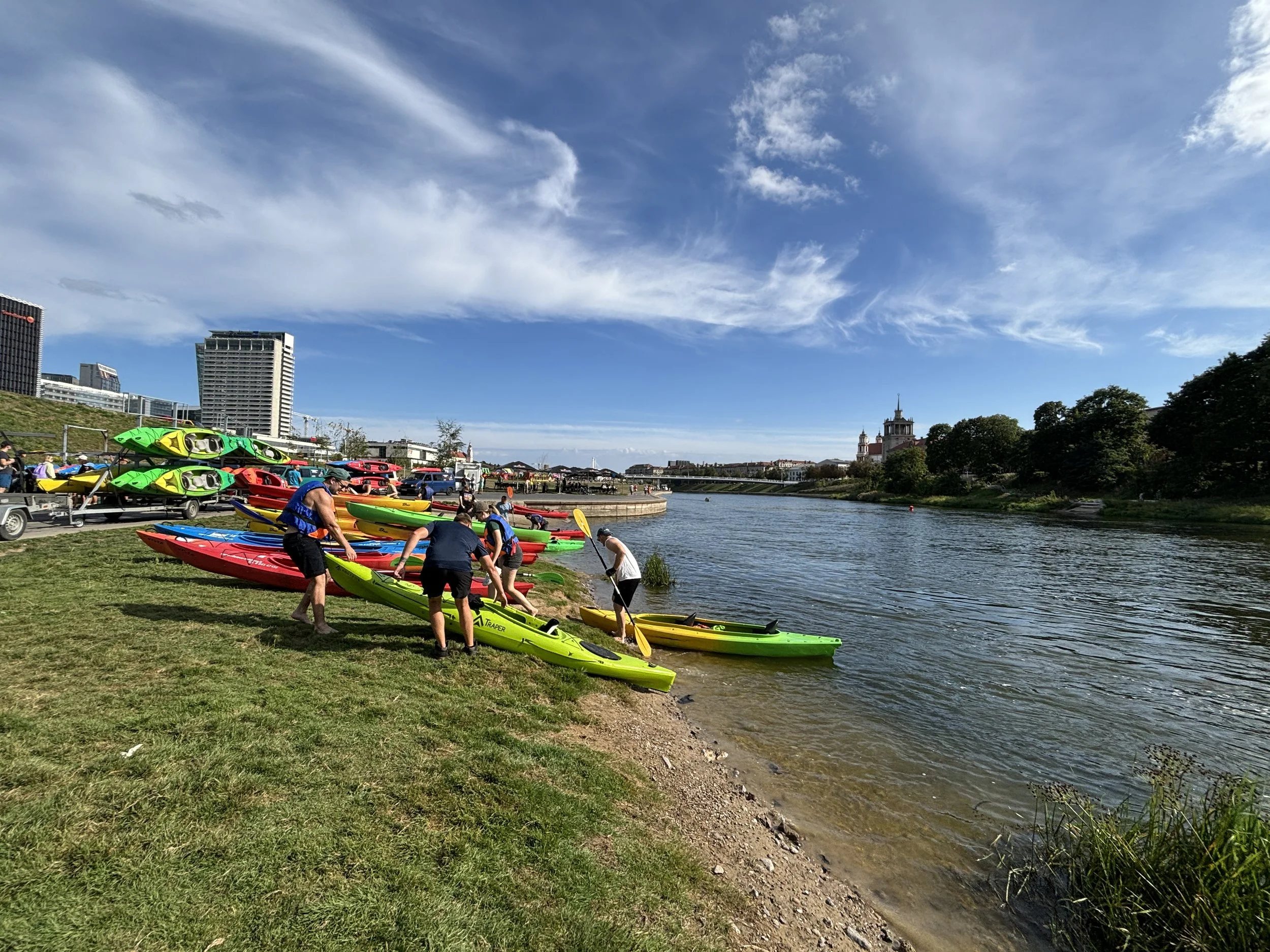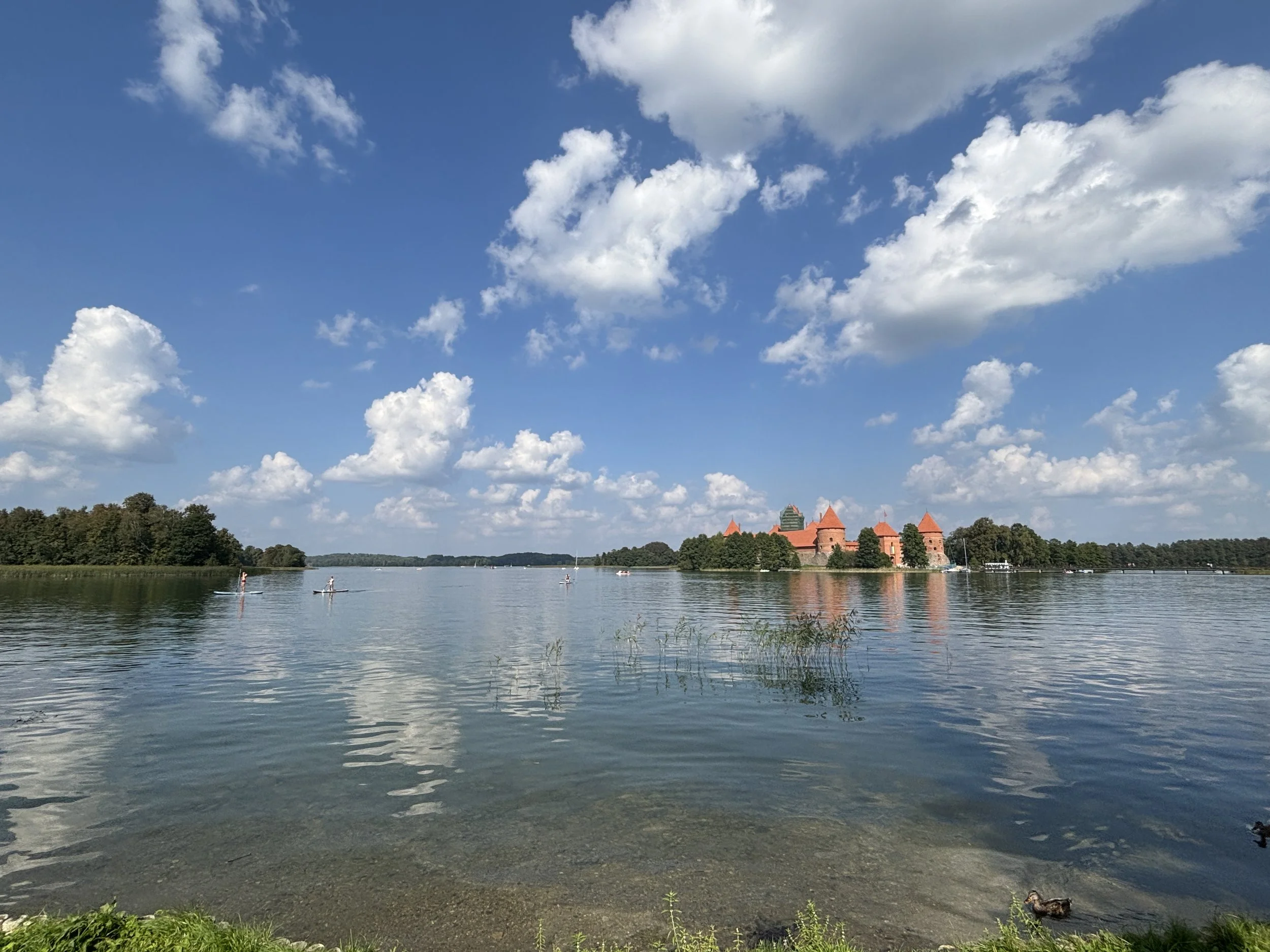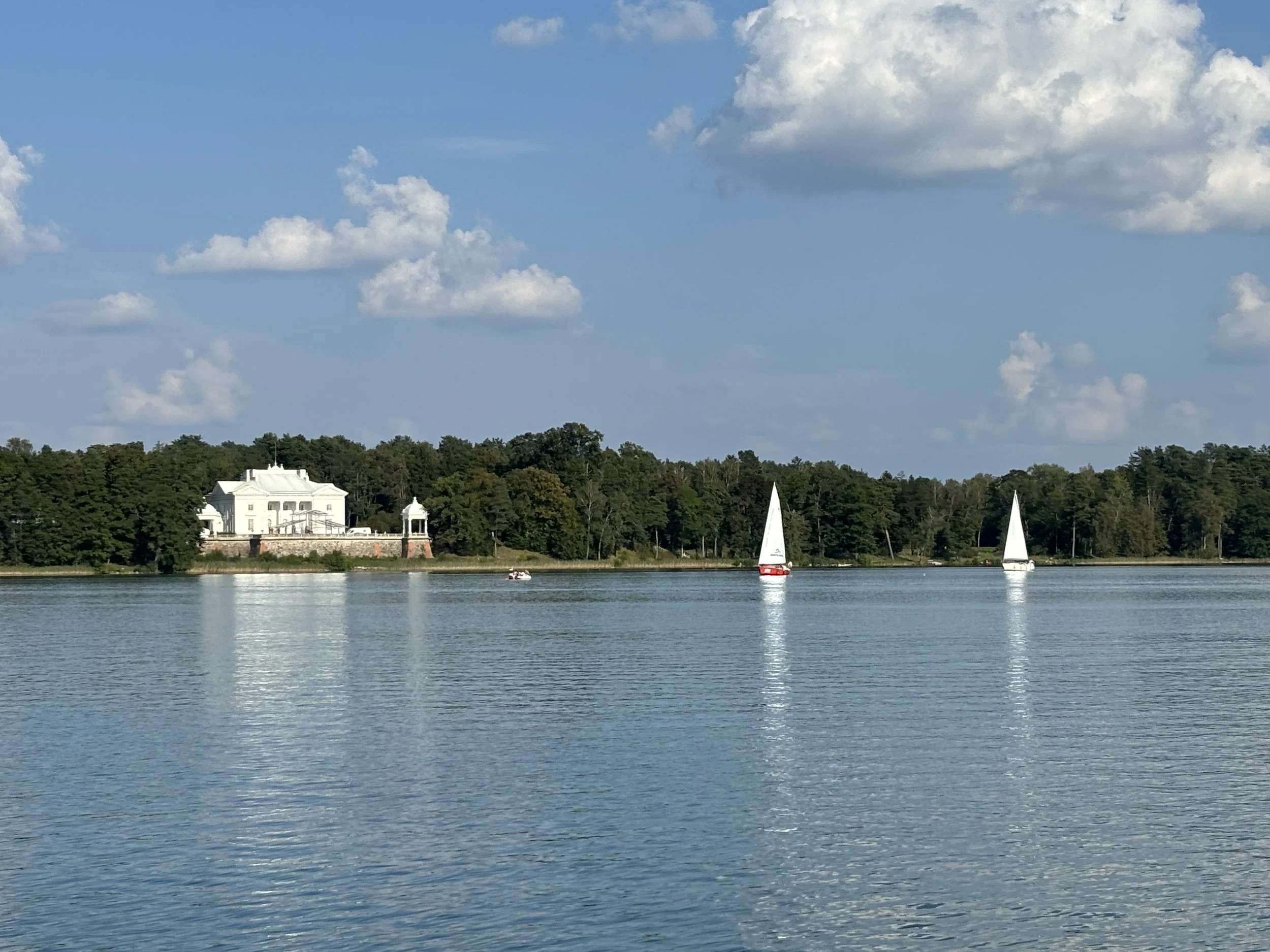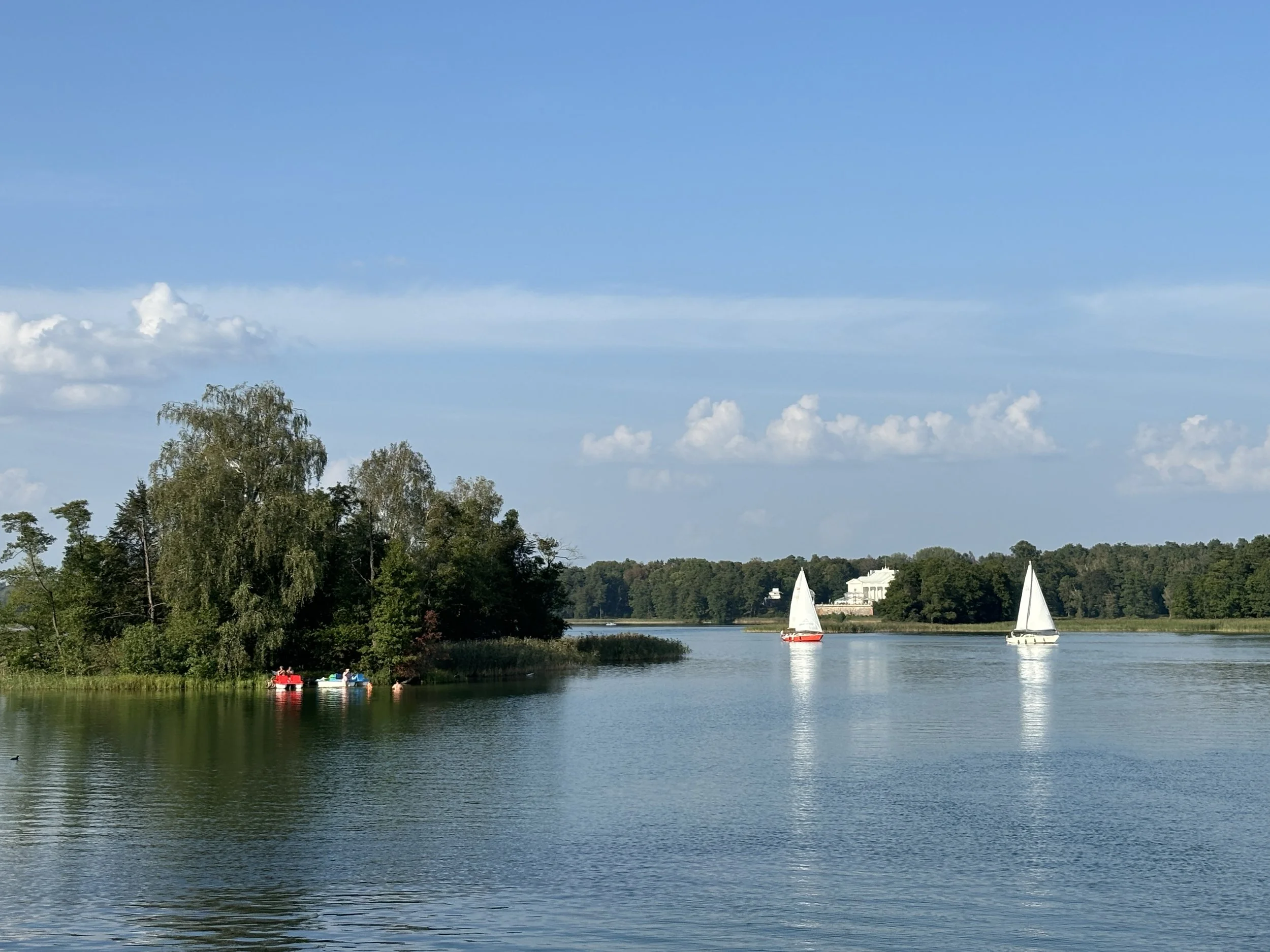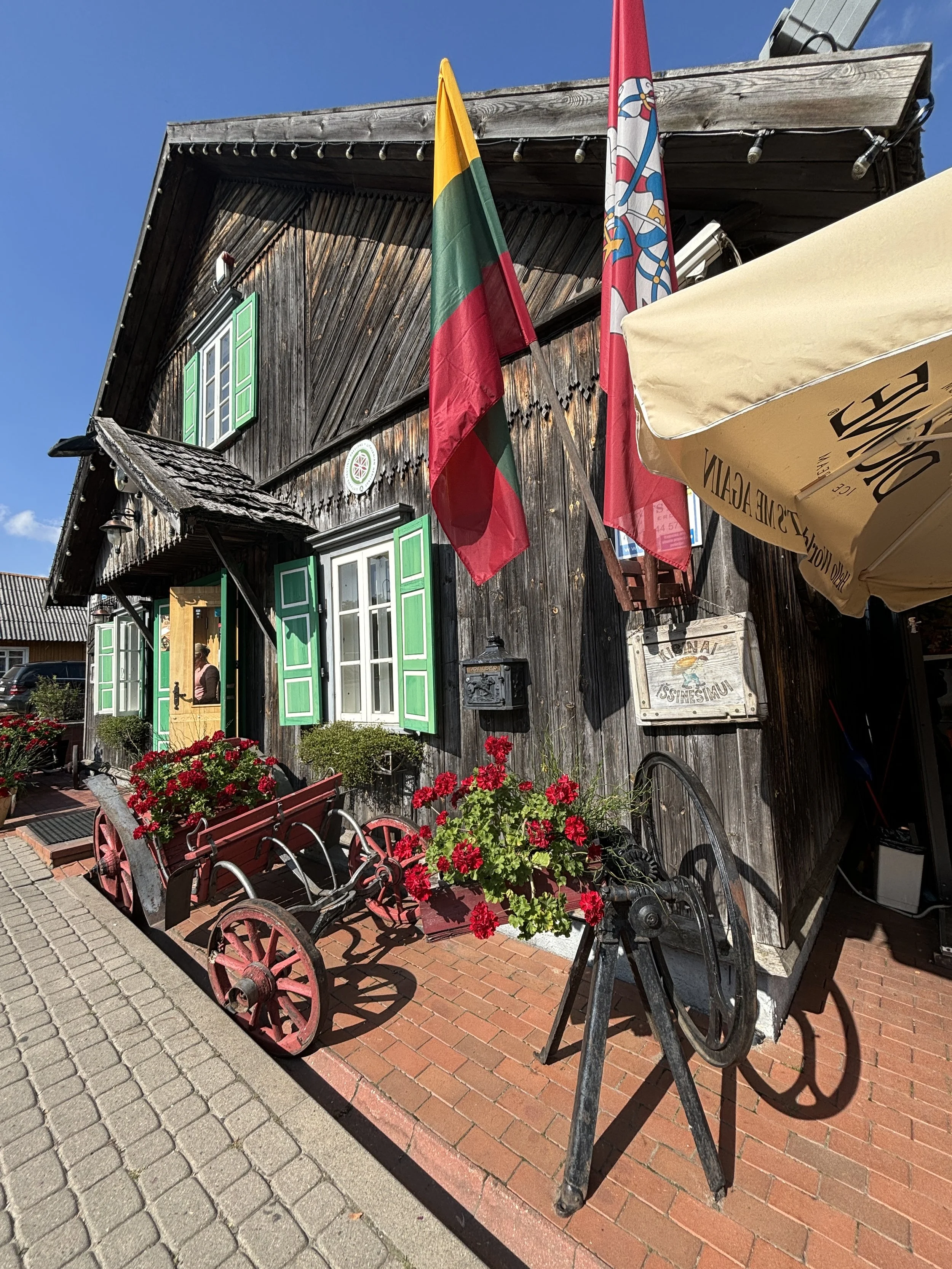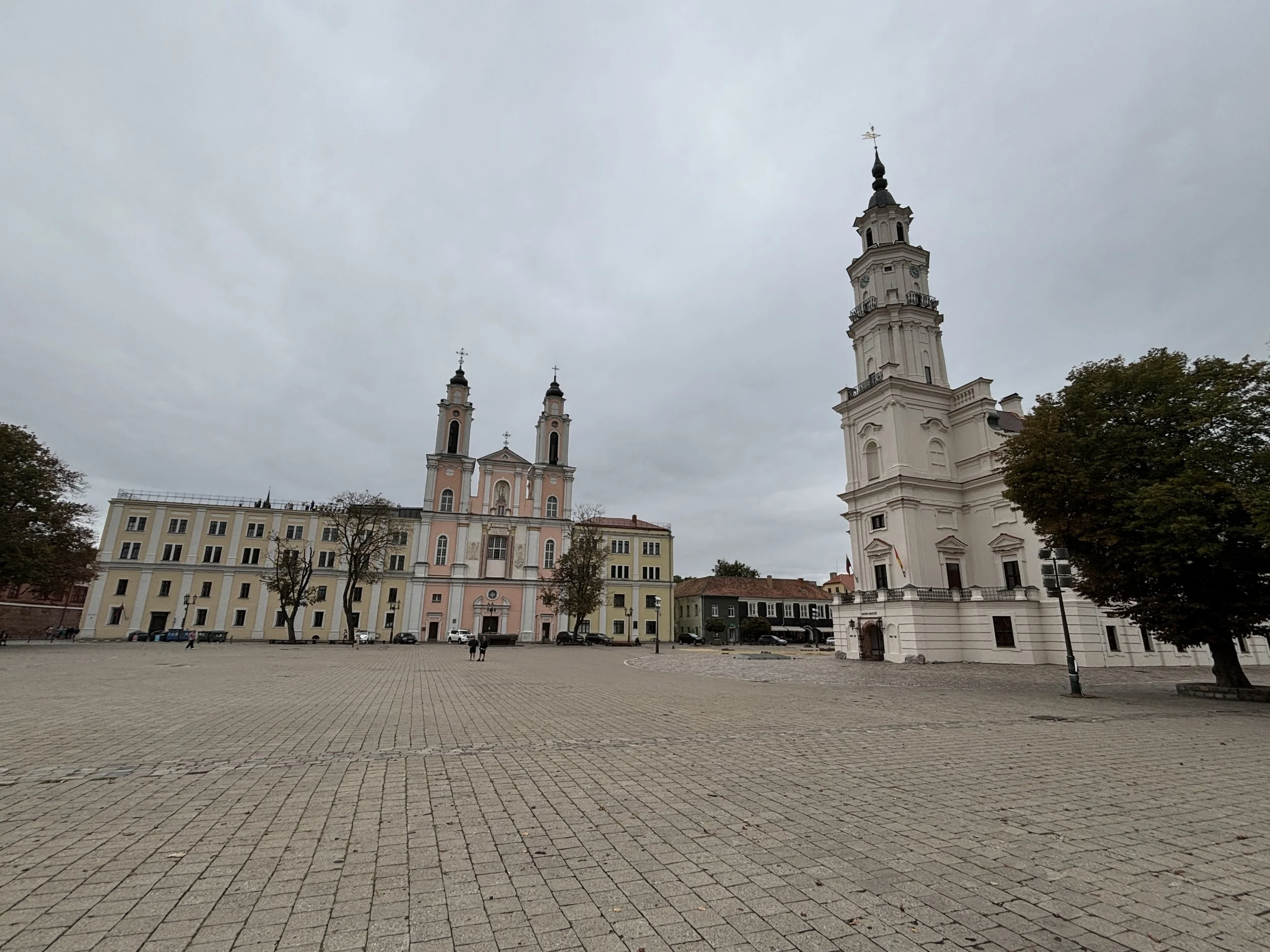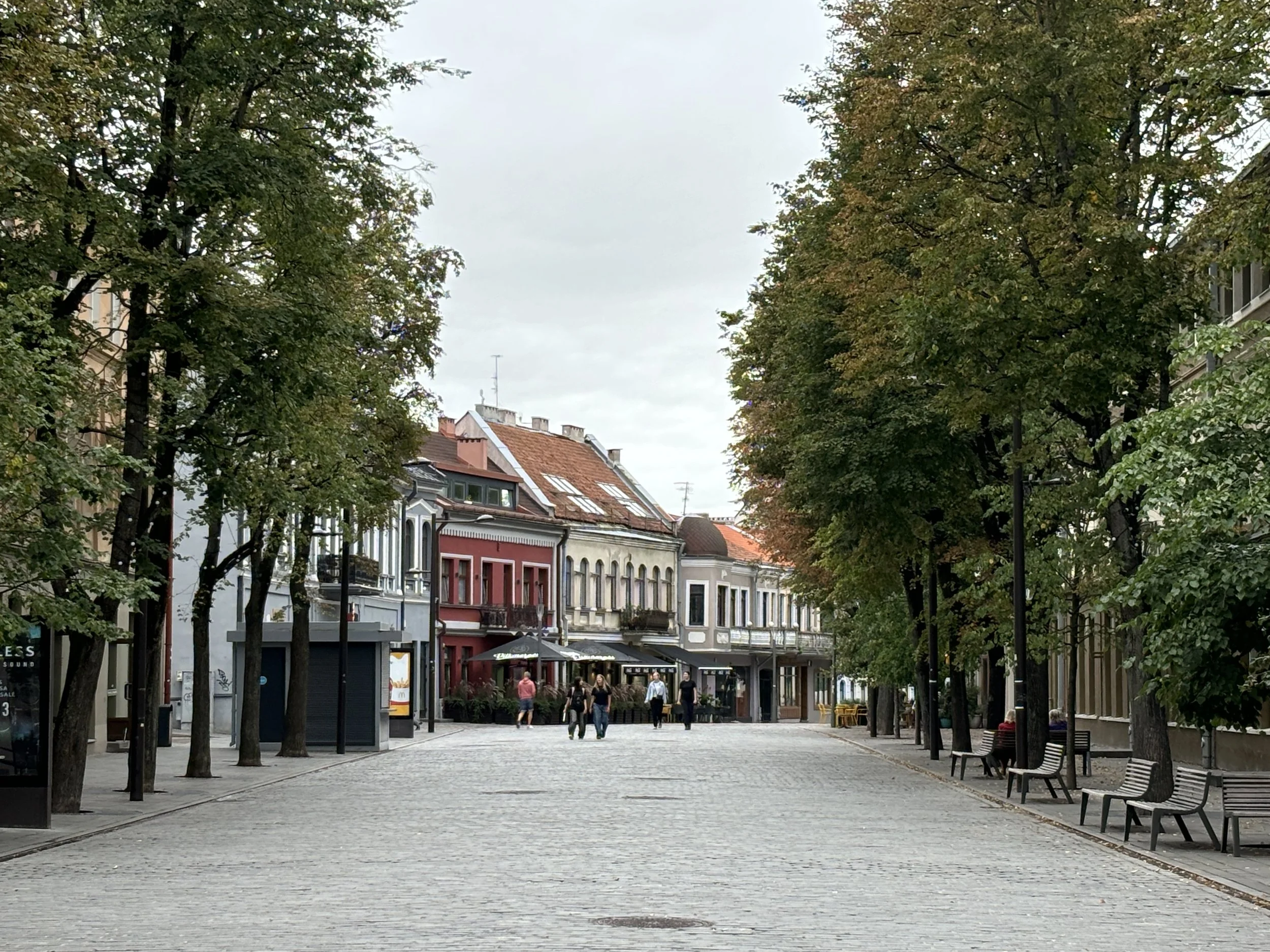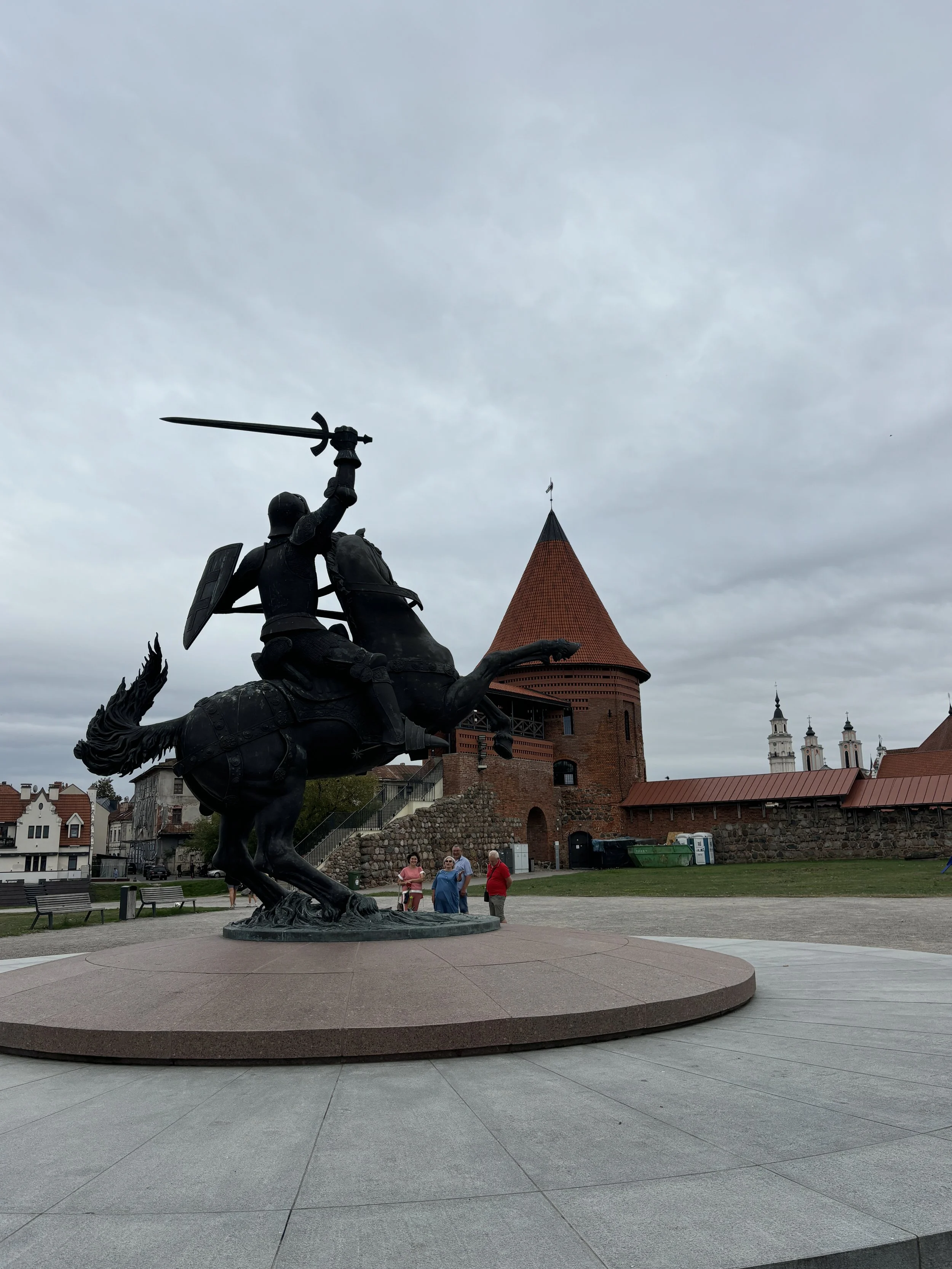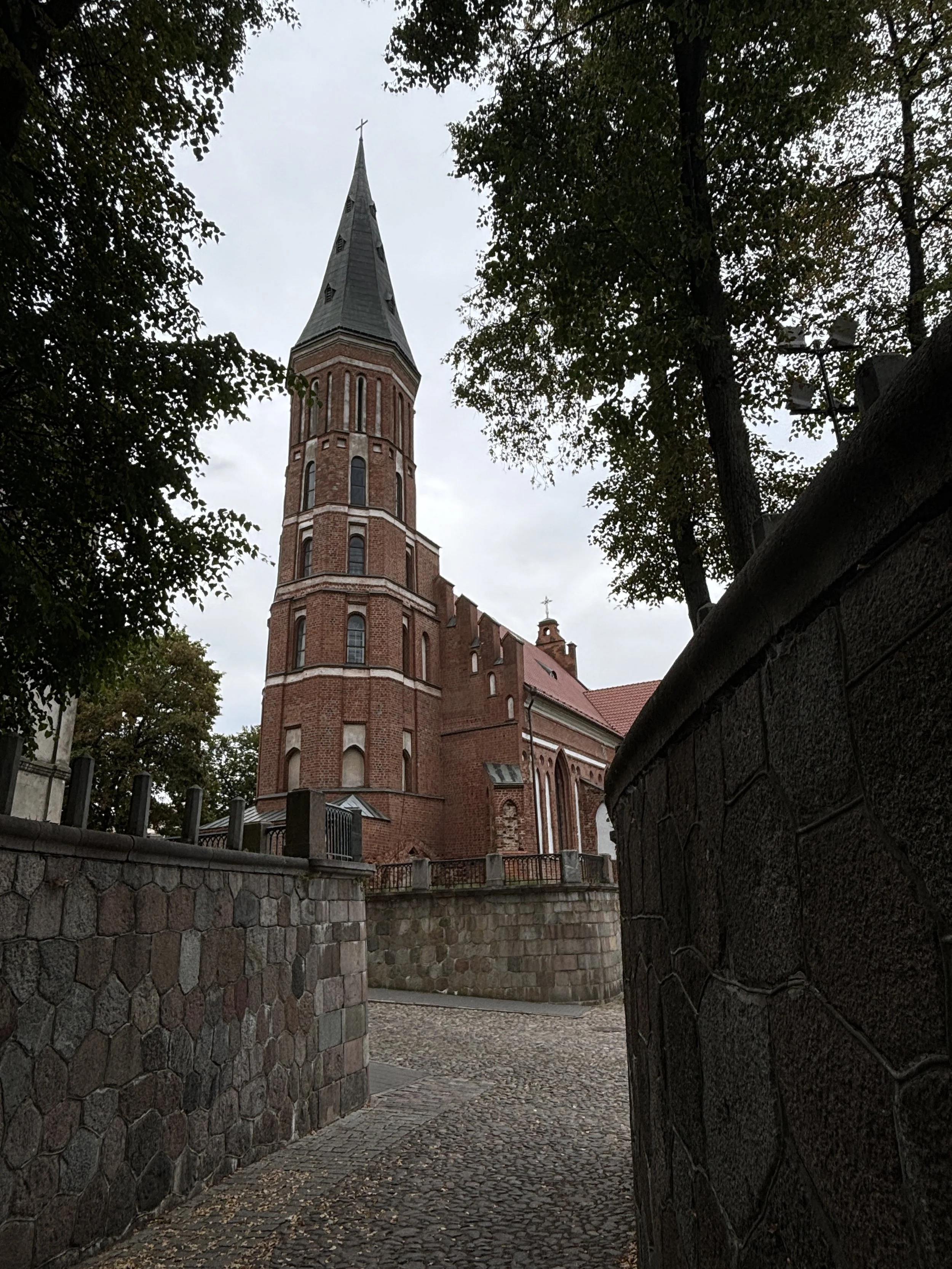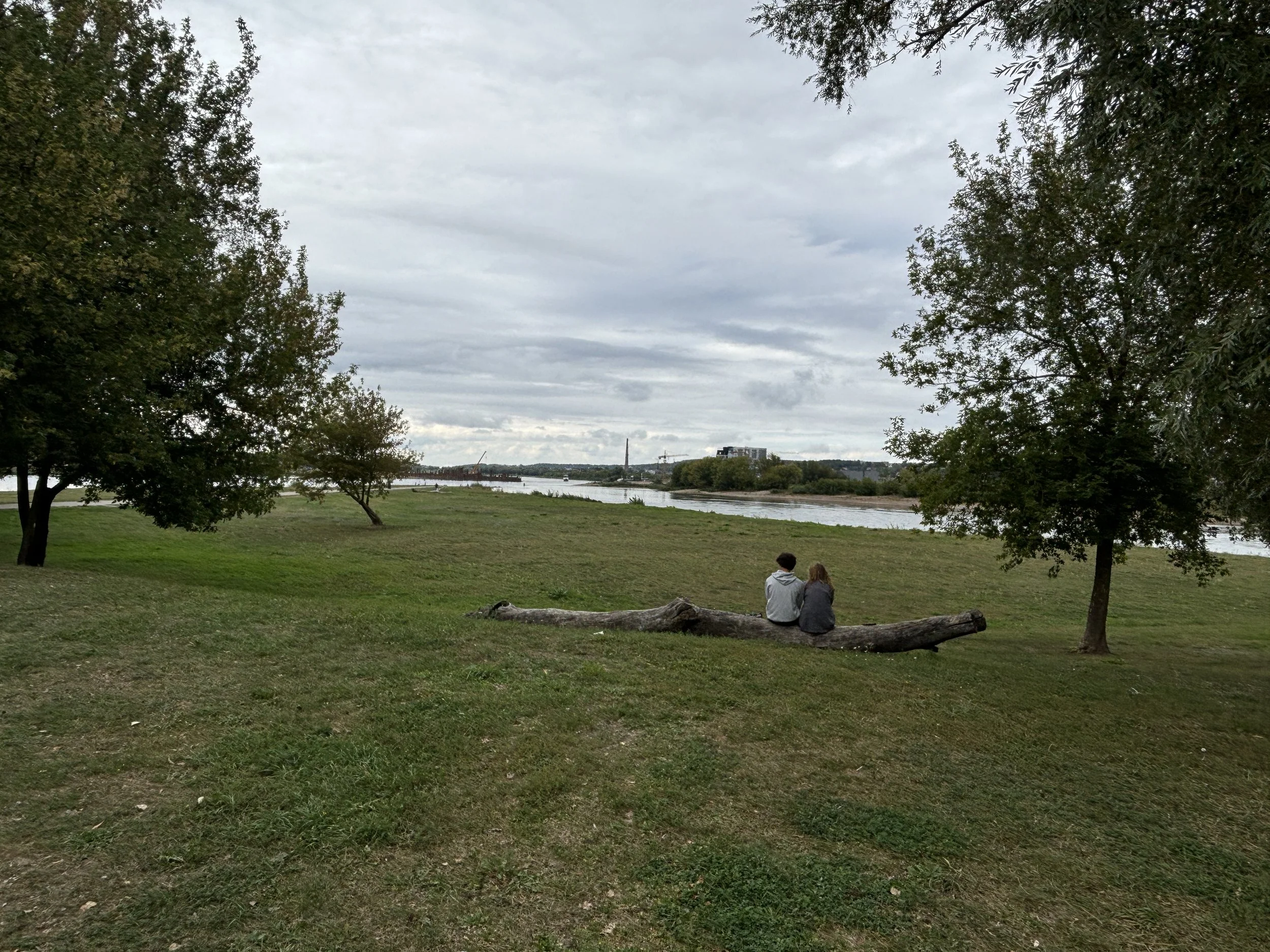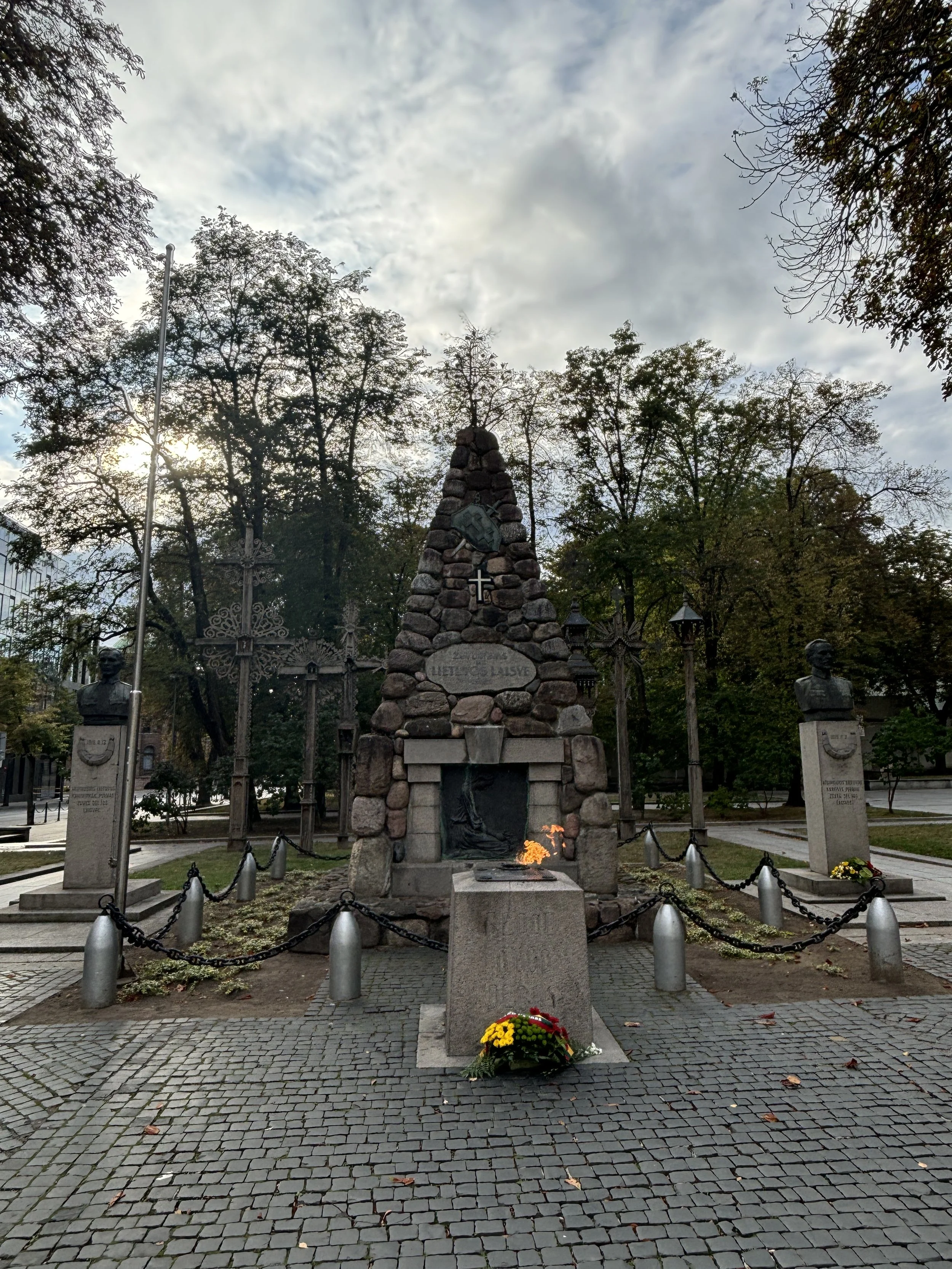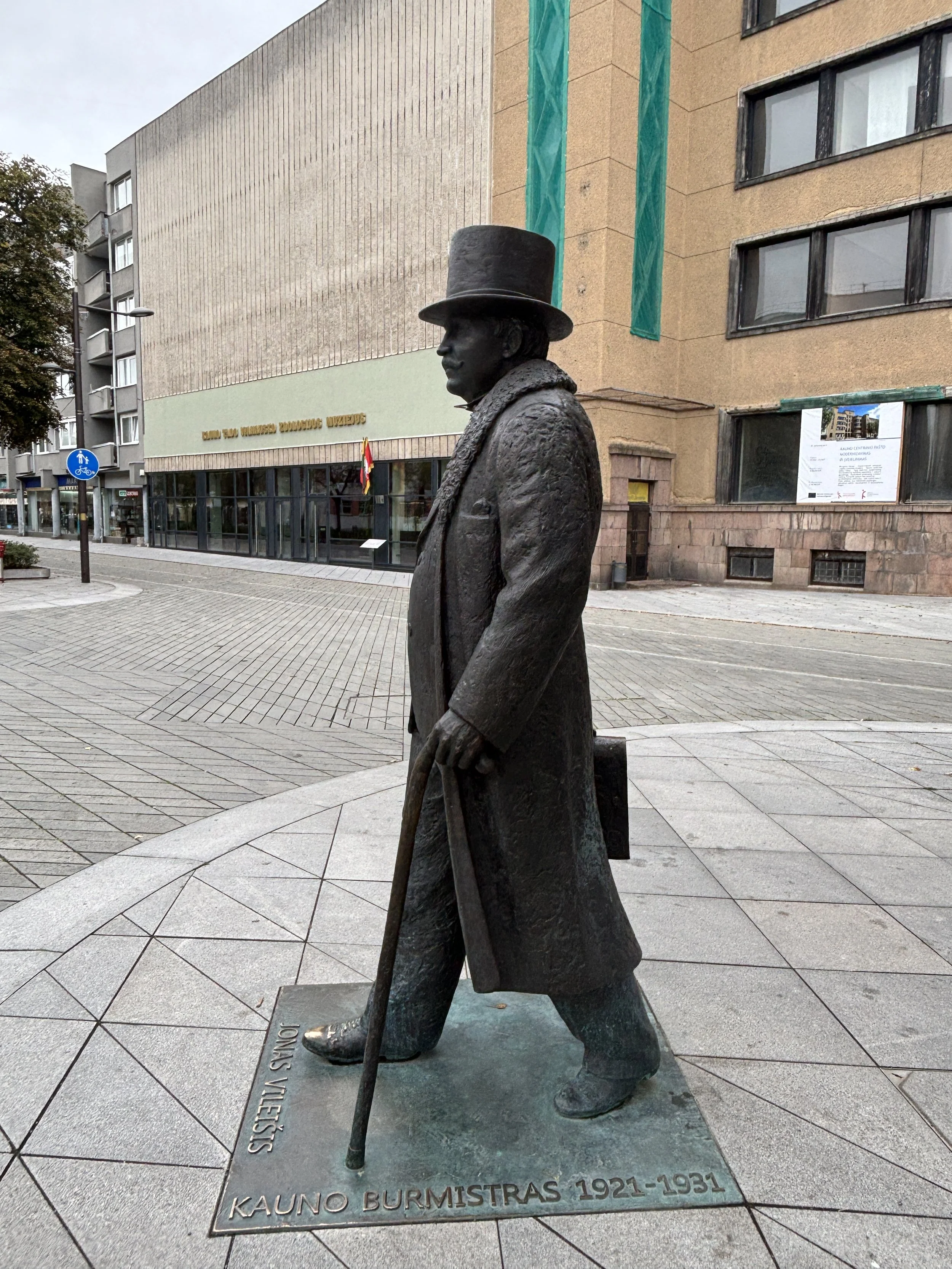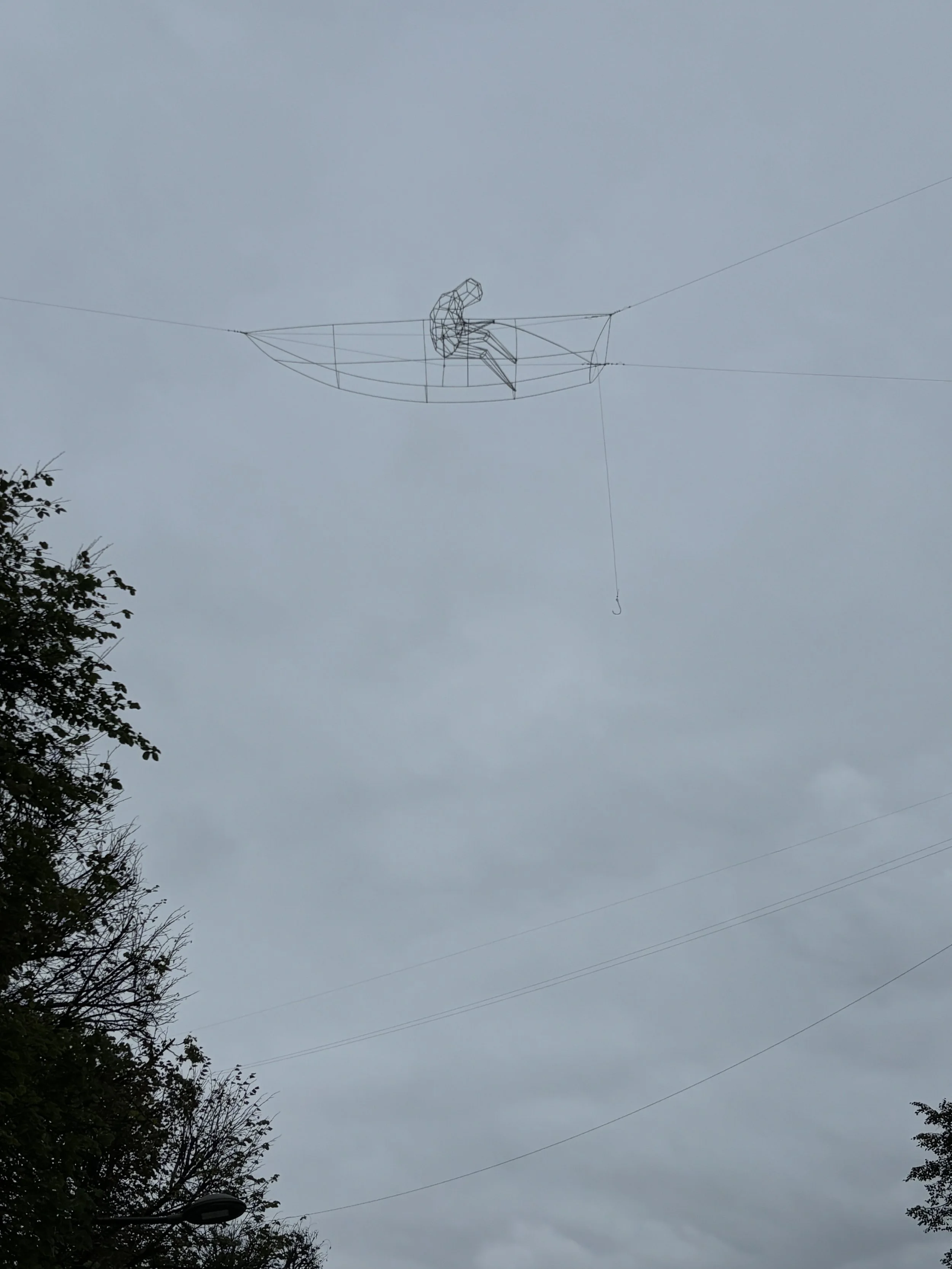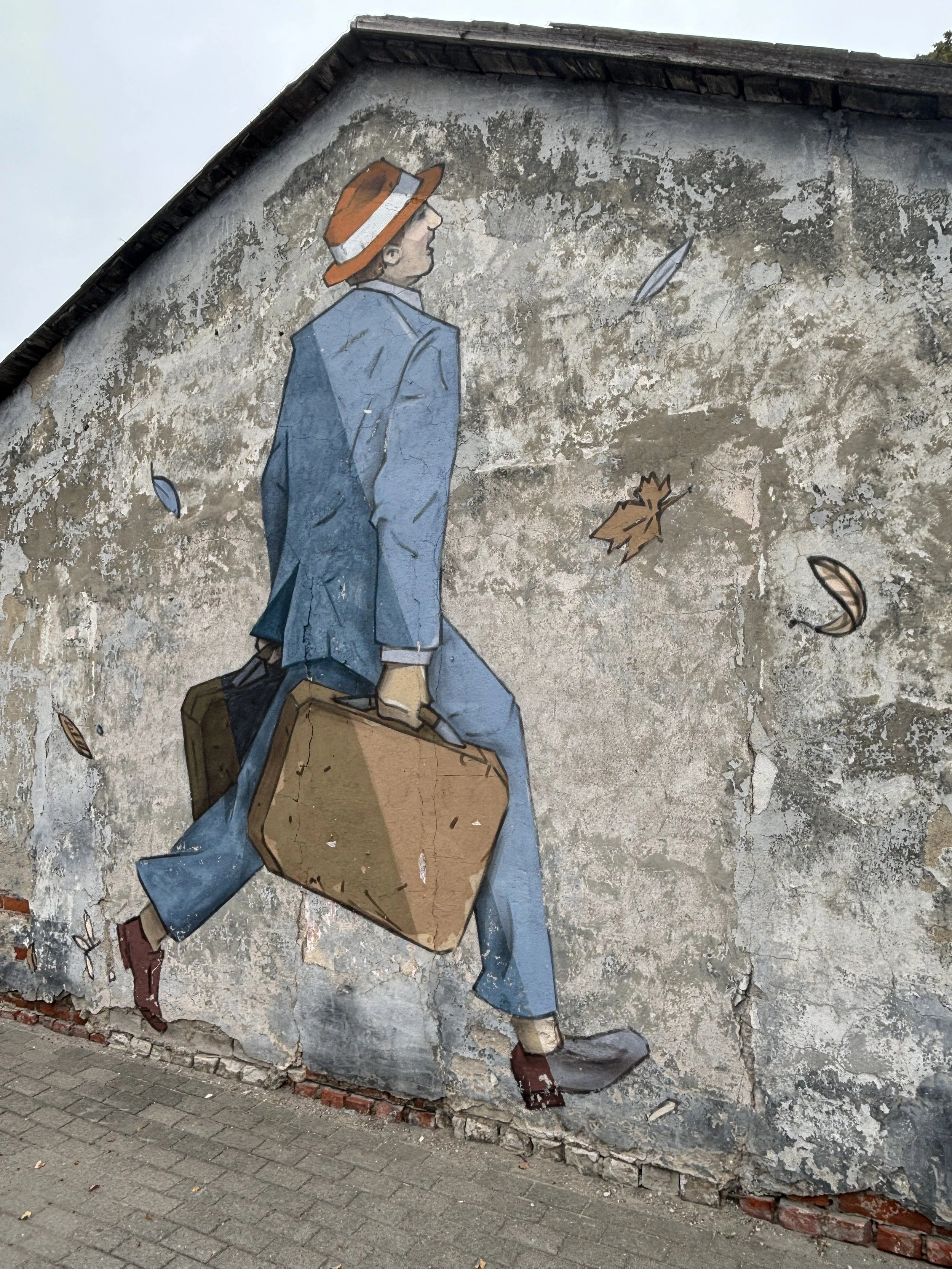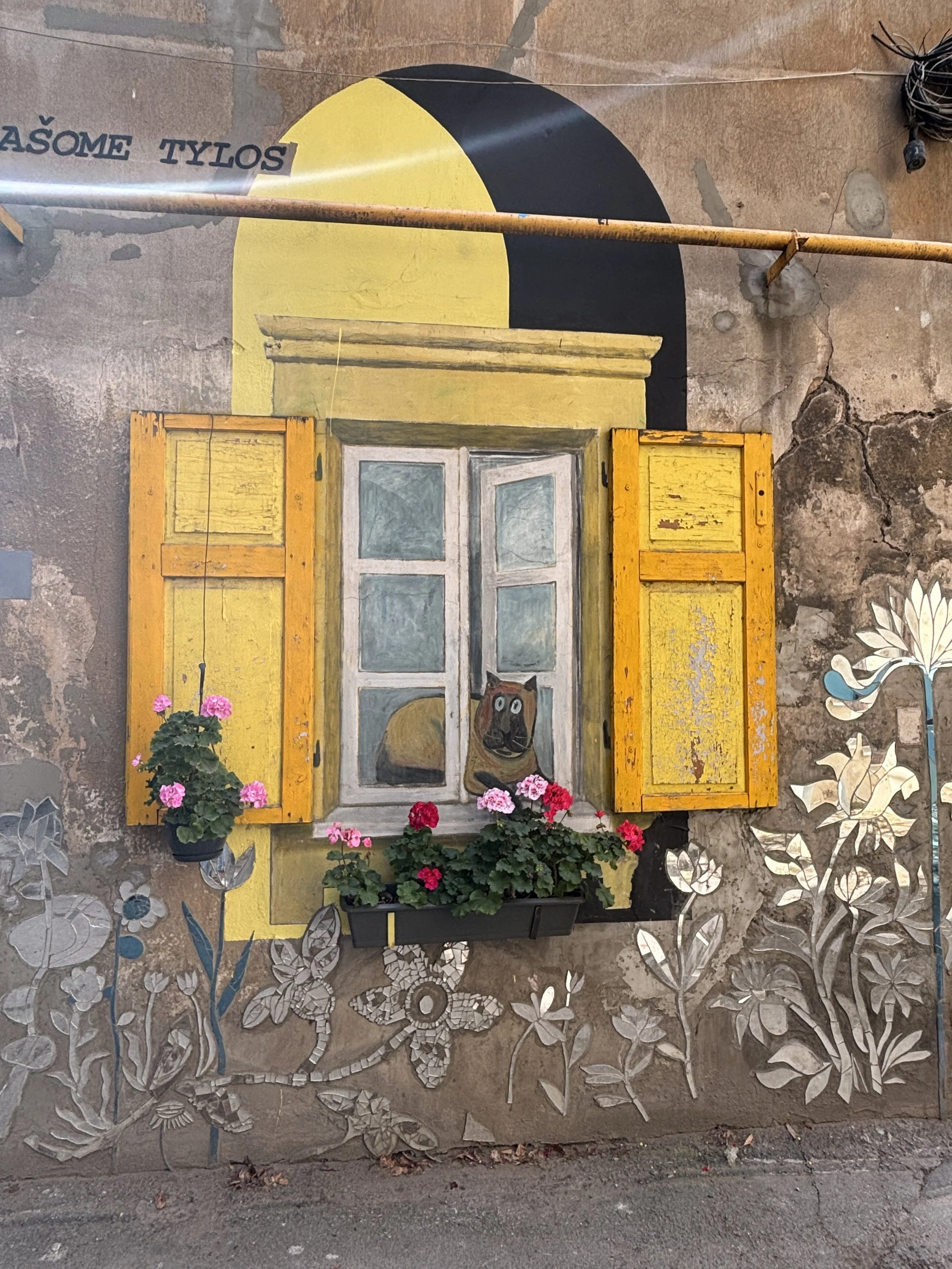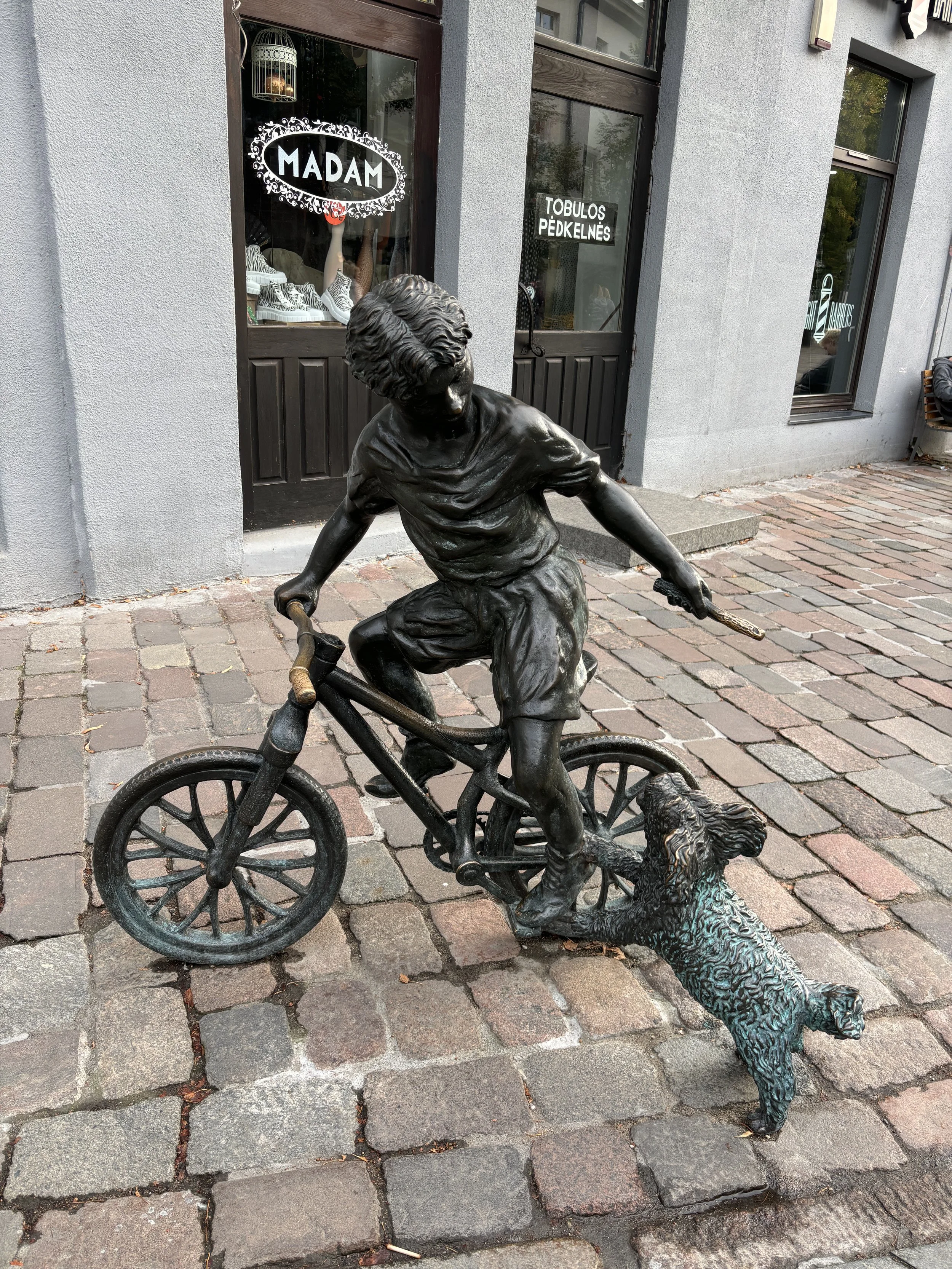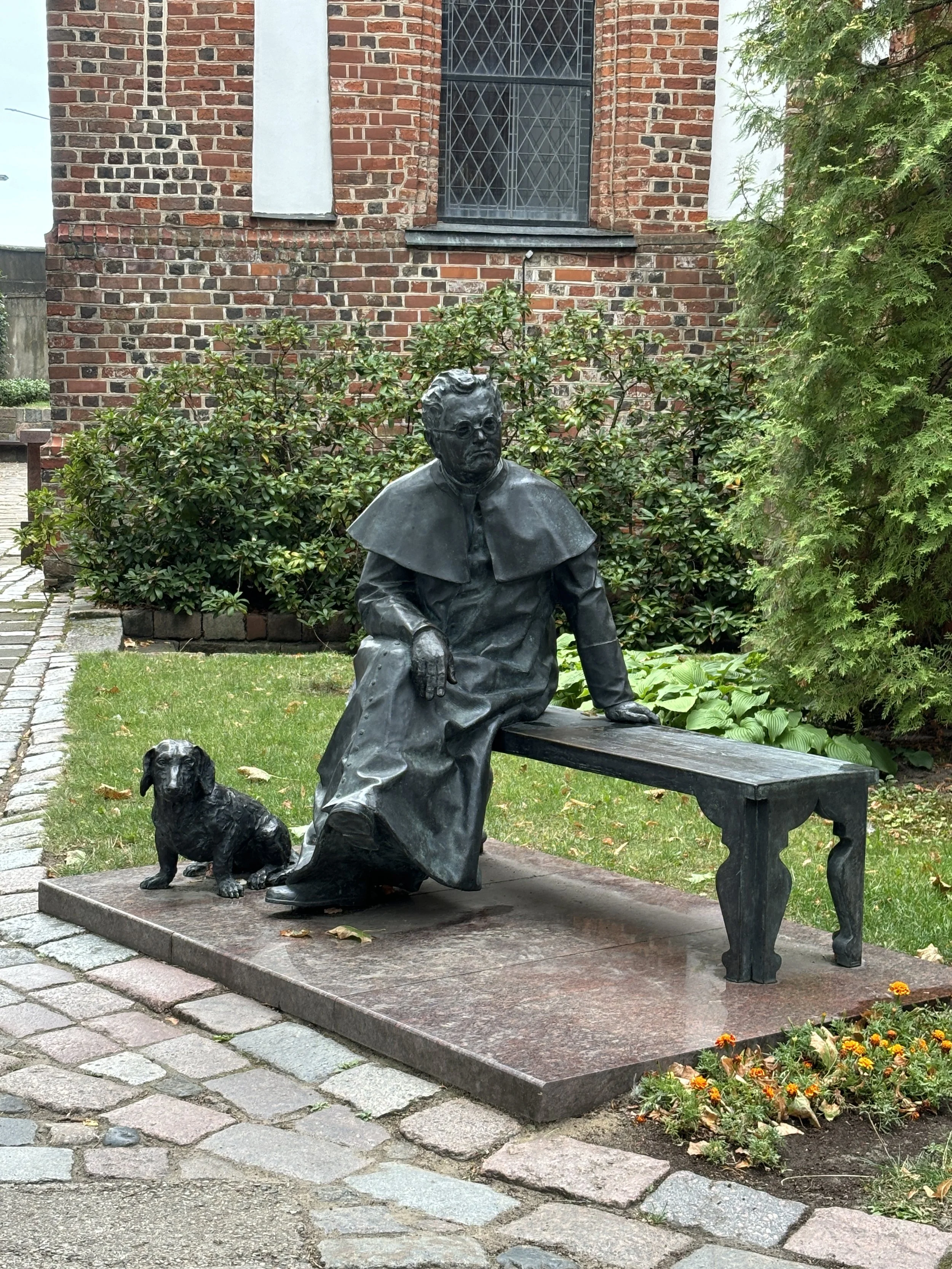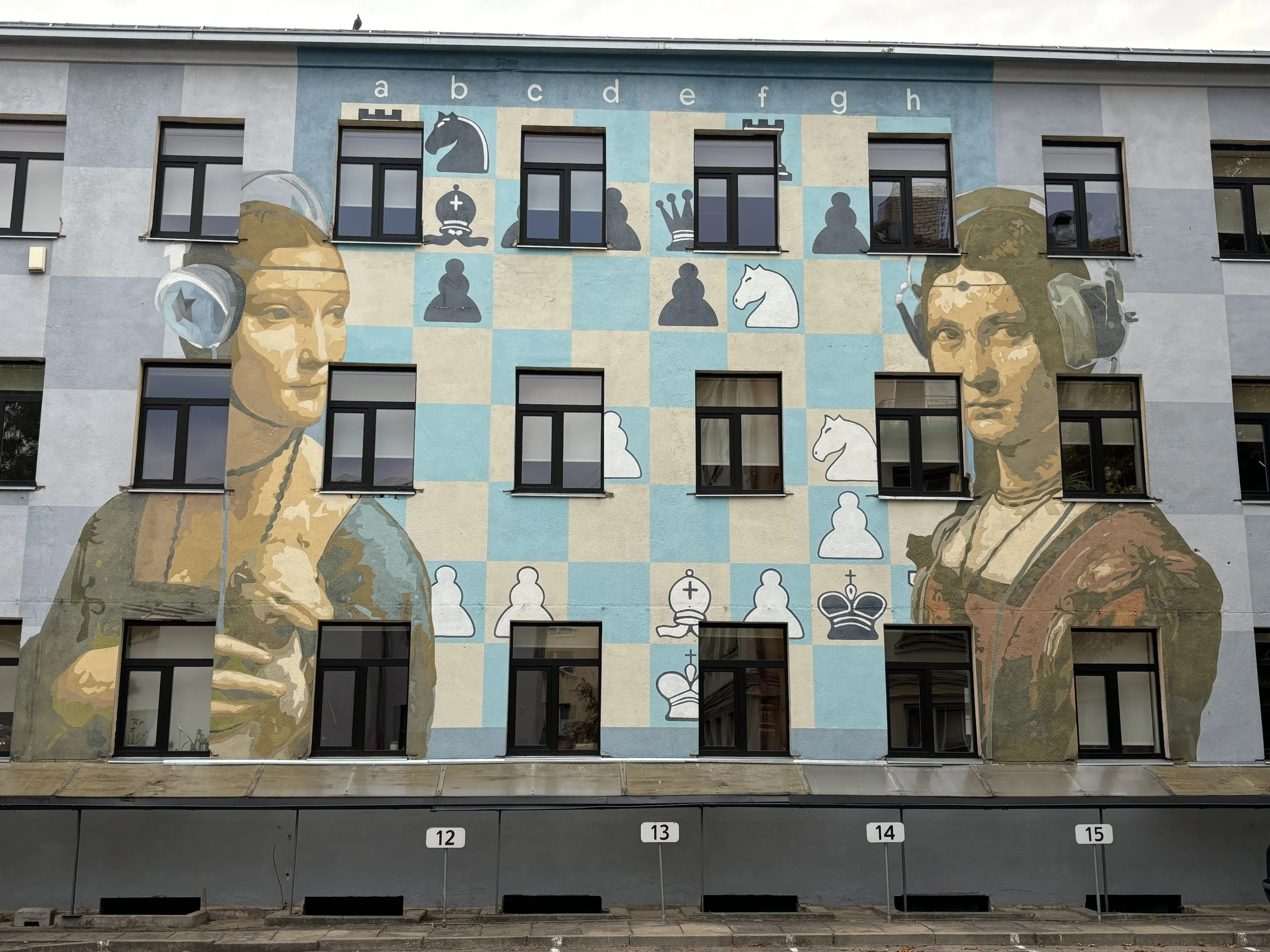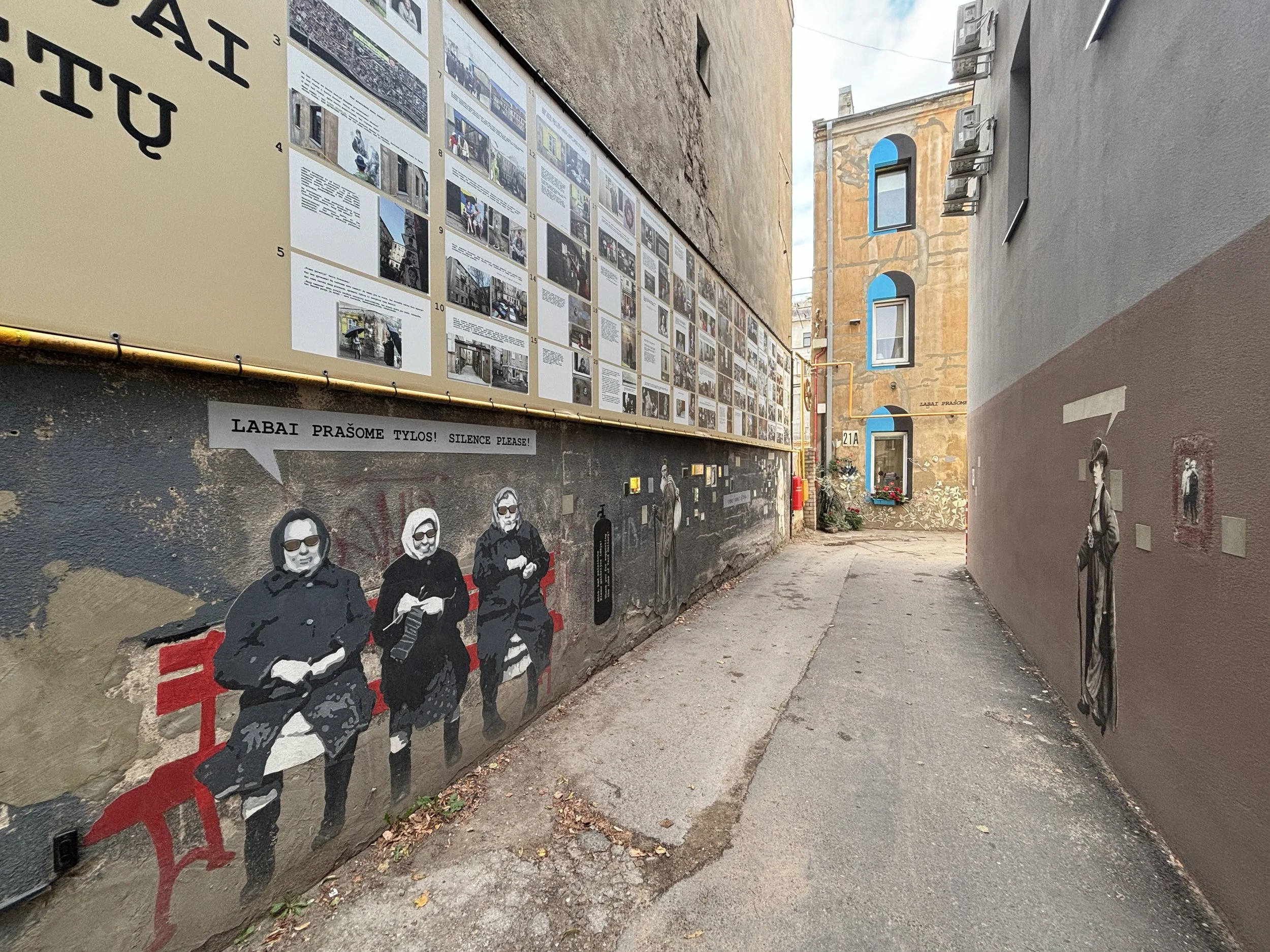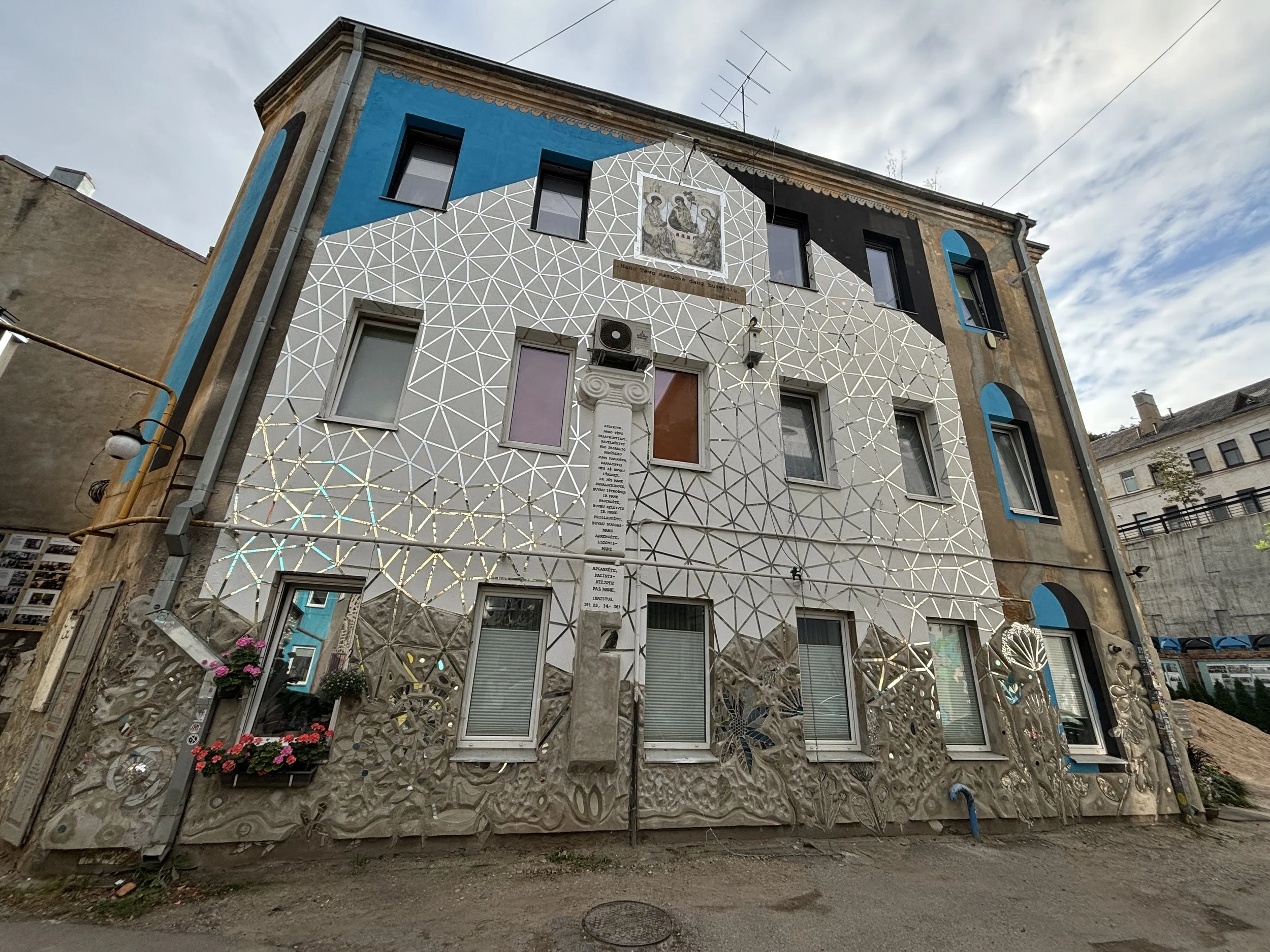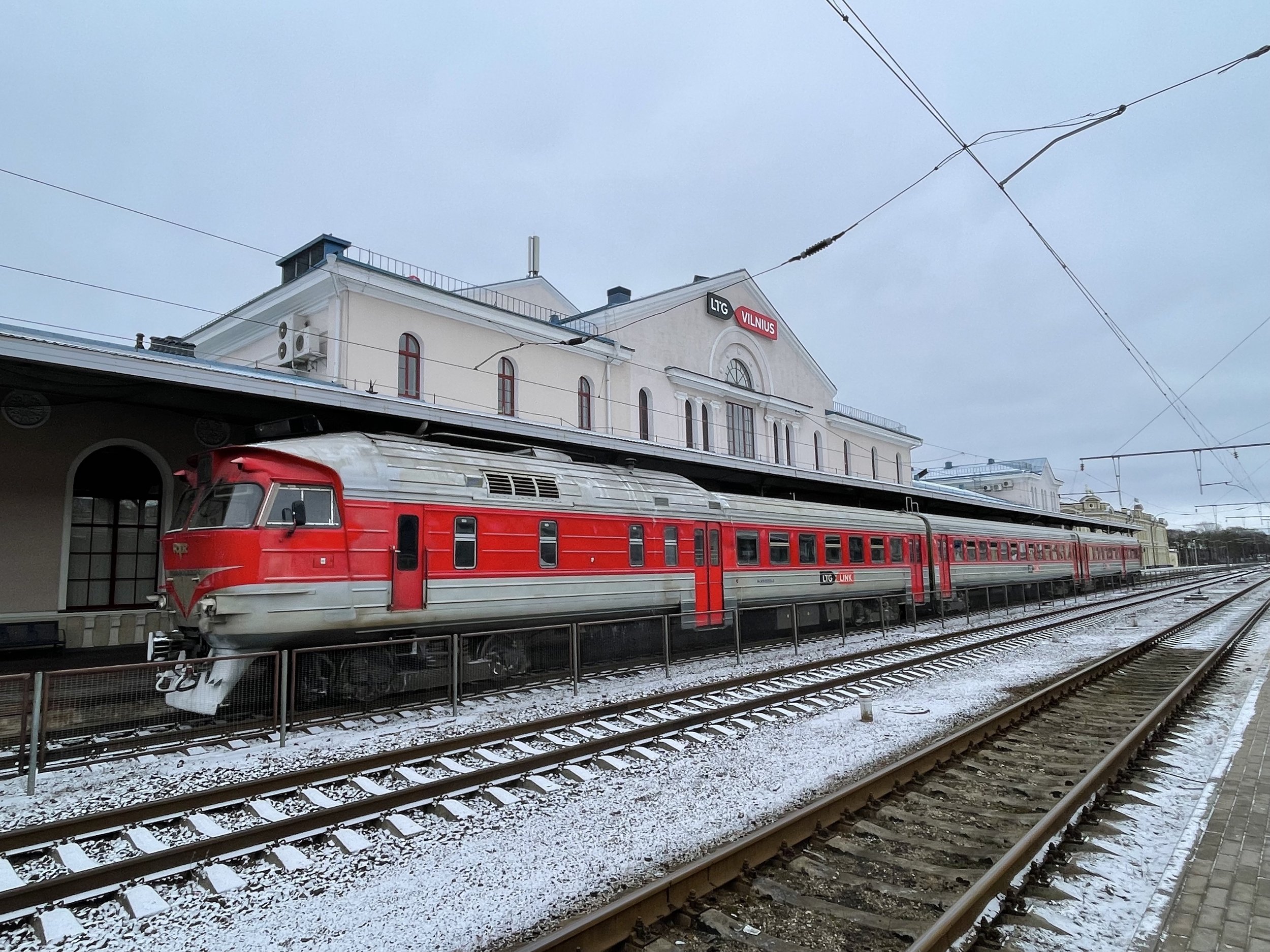Vilnius, Kaunas and Trakai: top things to do in Lithuania in summer
This is not the first time that Lithuania, and its capital, Vilnius, make and appearance on this site. I already collected some of my first impressions of the city in Winter time, on this post.
However, as you may imagine, Lithuania is an altogether different place during summer time (nothing reflects this seasonal change better than the pictures of the Lake of Trakai on this post and those taken in Winter!).
So, since I have got the chance to travel back to Vilnius a couple more times since then, I thought it was worth following up my initial post with a new one about what to do in Lithuania during the summer time if you have a couple of spare days.
What’s more, these additional trips, made in warmer weather, have made for a more rounded-up Lithuanian experience and allowed me to see more of the country.
Walking in downtown Vilnius
If downtown Vilnius already made for a delightful walk at the peak of winter, you can just imagine how much better it gets in the warmth of the late summer days.
Most of the monumental highlights in the center of Vilnius were already covered in the previous post, nevertheless, I am sharing here some pictures I took in these more recent trips.
These are mostly from the area around the cathedral and Gediminas Avenue, the city’s main commercial street, but lovers of modern architecture have also a little steel and glass business district across the river (as shown in the pictures below).
Worth noting that downtown Vilnius is very walkable and relatively small so, unless your hotel is in the outer districts, you are unlikely to need a taxi or even public transportation to move around.
Enjoying the Vilnius Festival
If you happen to visit Vilnius towards the end of August and the first week of September, you will be able to take part in a city-wide festival, which was until recently called “Capital Days” and was recently renamed as “Vilnius Days”.
So, what to expect? First of all, there are quite a few outdoor activities, both for children and adults, such as sports and other experiential stuff.
And, perhaps of more interest to visitors, lots of food stalls are also set up on the main commercial street offering a broad diversity of food and Lithuanian produce as well as some handicrafts and the like. It is a really good value option to eat well while on the go!
There are also quite a few musical performances and, this being the Baltics, singing choirs take, of course, a prominent role!
One of the happenings that was particularly interesting was the light and music sound that took place by the river Neris at certain times at night during the festival week.
The show was really impressive and the mist around the river (I am not sure if it was natural or laid out for the occasion) really added to the atmosphere!
Two Lithuanian foods you must try in Vilnius
Cepelinai (left) are a sort of Lithuanian dumplings which are typically filled with an assortment of different types of foods, such as meat or cheese. The outer crust is typically soft and moist and they are served with sour cream and some side, such as cooked onions.
Pink soup (right) is a summer dish (hence I could not try it the first time I was in town!). Beetroot is the element that gives it this colour and it has, apparently, some kefir-like fermented milk, which gives it a rather thick texture. It is usually served with some herbs and boiled egg on top and served cold.
Lithuanians are so proud of pink soup that there is even a week-long festival in May in Vilnius devoted to it and it appears in Lithuanian postal stamps as well!
Getting some Lithuanian food at Halés Market
So, where can you get your cepelinai and pink soup when in Vilnius?
If you are aiming for a proper sit-down meal, you can try the Lithuanian restaurant in the old town, “Bernelių Užeiga”, which I described in my previous article about Vilnius.
But, if you are looking for something more casual, besides the aforementioned festival week food stalls, another place where it is possible to sample Lithuanian food in a casual way is Halés Market.
This is small indoor market, located near Vilnius main railway station, sells all sorts of products and stuff. What I found particularly interesting is the food section, with several places where it is possible to order some freshly made and tasty “cepelinai”.
I had mine at a place called “Spoon Out” and they tasted great!
Kayaking in and around Vilnius (Vilnia and Neris Rivers)
If you are into kayaking, or just into outdoor sports, this is one of the top things I would recommend doing in Vilnius if the weather is nice!
If you have read my post about kayaking in the Gothenburg archipelago, you possibly know by now that I like kayaking, but this time it is not the sea, but the rivers Vilnia and Neris that I would paddle along.
Because Vilnius has, in fact, two rivers. The main one, which divides the old town from the modern business district is the Neris, but there is also another smaller river, the Vilnia, which joins the Neris coming from the east right next to Vilnius castle.
This little kayaking adventure in Vilnius consisted in kayaking the Vilnia downstream most of the way to end up in the Neris paddling through downtown Vilnius for the last stretch of the itinerary.
To kayak in Vilnius I contracted a company called Vilius Kareiva. They were super nice and efficient. They offer several itineraries with different durations and level of difficulty. I opted for the long one, which costs around €25 (equipment included) plus €3 for the ride to the starting point upstream.
The assembly point is downtown at a designated spot on the banks of the Neris where there is a small fluvial beach. But that is not the start of the kayaking route. From there, you are driven for about half an hour to a location upstream in the Pavilnys Regional Park, which is green area that starts on the eastern suburbs of Vilnius.
From this spot our group started our descent on Vilnius. The Vilnia is a mountain river, not very deep and with fast running water.
Unlike in the case of the Swedish sea kayaking episode in which I somehow underestimated the difficulty, I did not find the Vilnia descent technically difficult, even if I did not have experience in white water rafting, although the itinerary is quite long (-actually much more than it seems on the map!), it takes around three hours and you are likely to feel pretty exhausted by the time you arrive to the collection point in downtown Vilnius!
In the worst case, you can just let the current push you while you try to steer more or less a straight course. There are some areas in which there are rocks, plants and other obstacles that create bottlenecks and these can present some challenges, but the river is quite shallow, so, in fact you are more likely to run aground than to capsize!
The long itinerary includes also a spot in which it is necessary to drag the kayak out of the water and carry it on land for some 100 meters in order to bypass a little dam (this is actually how the Vikings moved their ships between the river systems of Eastern Europe).
The kayak is not super heavy, although if you are alone it requires some effort. However, it is very likely that you will be doing the itinerary in a group and everyone helps each other, so all good!
The whole itinerary is really beautiful, since it runs through the heart of a natural park. It is also quite diverse, with stretches that have calm water and others that have rapid-like conditions. You are also likely to see plenty of ducks and other birds around, and you pass by quite a few fishermen and families enjoying a day out on the banks of the river.
Towards the end of the itinerary, you enter the city of Vilnius and have the privilege of seeing its downtown and some of its most beautiful monuments from this rather unusual point of view!
And, the very final stretch is the arrival into the much larger river Neris, which is a totally different experience than when paddling the fast moving and narrow Vilnia.
The arrival is at the same place as the assembly point earlier in the day. There is a small beach where it is easy to take the kayak aground for collection.
Overall, an amazing experience combining sport, nature and sightseeing which is worth every cent and every minute of your time!
Sailing in Trakai Lake
So, I went back to Trakai! I had been there the previous winter when the lake was frozen solid and the town covered in snow.
And what a difference a few months make! This time Trakai received me in all its summer glory. This time I did not visit the castle, but instead, went for a bit of sailing in one of the several boats that offer excursions (it is also possible to rent small craft, even the ones that run on pedals).
The lake, with its large reddish castle on one of its islands was really magnificent and there were plenty of other people on boats also enjoying the amazing weather and the postcard-perfect views!
I think it is one of those cases in which one (or several) image(s) are worth more than a thousand words.
Recommended place to eat “kibinai” in Trakai
Earlier I mentioned “cepelinai” and pink soup, but there is yet another must-taste Lithuanian speciality: kibinai.
And there is a place on the shores of Trakai lake that is ideal to taste them (or even to make them, since they also run kibinai-making workshops as culinary experience):
Senoji kibininė
Karaimų g. 65, Trakai, 21104
The place is set up in one of the traditional houses that are still found along the lake.
It has a large terrace where it is possible to enjoy the nice weather outside.
A day trip from to Kaunas from Vilnius
Kaunas is Lithuania’s historical capital and, nowadays, the country’s second largest city.
Since Lithuania is a relatively small country, its two major cities are not very far apart: it takes less than an hour by train to get to Kaunas from Vilnius and there are trains running pretty much every hour.
To be fair, there are quite a few things to do and see in Kaunas if you want to explore it at a leisurely place, as for example my colleague Graupix did some time ago to then go on to write this post (in Spanish).
In my case, I had just half a day, plus the weather was not particularly inviting, so it was a bit of an express visit, but I hope it gives you an impression of the city.
Kaunas is located on a roughly triangular, wedge-like piece of land at the confluence of the Neris and Nemunas rivers (yes, the same Neris that I kayaked in the previous section of this article!). In fact, the city has two well defined parts, the old and new towns, which have two very different architectural and urban planning styles, but both have quite a few elements of interest.
The old town is rather cute, as you would expect in this part of Europe, it is made of relatively low-lying buildings and lined by cobbled streets (surprisingly broad, I must say!)
There are, I would say, two focal points in the old town:
Town Hall Square, depicted in the picture above, a rather large open space with the said town hall (which, actually, looks like a church!) standing alone in the middle.
Kaunas castle, which is located at the western edge of the old town, near the tip of the wedge of land between the city’s two rivers.
The 14th C. castle is built in the red brick style that is common in this part of Lithuania (as are many historical churches as well) and it opens into a large park that leads all the way to the confluence of the Neris and the Nemunas.
There are quite a few trails to walk around the area and even a sleeping dragon! (or so they say)
Modernist Kaunas
The modern part of Kaunas, in contrast to the old town, has a rather rational layout with an orthogonal grid.
In fact, Kaunas is in the UNESCO World Heritage Site list because of its Modernist architecture, found, for example, along Laisvés Avenue, the city’s main commercial street.
This style encapsulates the atmosphere of the 1920s and 1930s of the then, newly independent Lithuania, a period, that would shortly after come to an abrupt end with the start of WW2 and the German and Soviet invasions and occupation.
In fact, a place to both admire Modernist Art-Déco artchitecture and learn about Lithuanian history is the “Vytautas the Great War Museum” (below), which is dedicated to Lithuanian history through the ages.
The long-lasting struggle for Lithuanian independence is very present in Kaunas. Close to the “Vytautas the Great War Museum” is the “Tomb of the Unknown Soldier” (below left), which honours those the fought to preserve Lithuanian freedom. The monument was razed by the Soviets and restored after independence in the 1990s.
But a particularly interesting statue is that dedicated to the “Unknown Book Smuggler” (below right). Between 1864 and 1904, the Russian authorities banned the publishing of Lithuanian language books, so some people started smuggling them undercover, to great risk to themselves, helping preserve the country’s culture and language.
Street Art in Kaunas
In fact, Kaunas is rich in street art. Statues and mural paintings are plentiful all throughout the city. Some of them are really imaginative, such as this fisherman (below, right) that lets you appreciate the point of view of fish without having to leave the street pavement!
By the way, if you are into contemporary art, one of the hotspots in Kaunas is the “Kiemo Galerija” (Yard Gallery), depicted below, which is located, as the name implies, in the courtyard of a residential block.
And, last but not least, if you continue your stroll along Laisvés Avenue, you will end up at the Church of St. Michael the Archangel. This is an Orthodox church that was built in the early 20th C. to serve the spiritual needs of the Russian garrison, which at that time was stationed in Kaunas (the local Lithuanians are mostly Catholic and have the Cathedral of St. Peter and St. Paul in the old town).
The church stands alone in the middle of a large square which also happens to be lined with bars and restaurants with their respective terraces, so a good point to have a little rest and recharge energies after an intense sightseeing tour of the city!
There is, of course, another temple of note in Kaunas. I was about to say it’s a non-religious one, but, actually, I am not so sure, because basketball is almost like religion in Kaunas.
I am talking, of course, about the Žalgiris Arena, where Žalgiris Kauno, the city’s basketball team, which happens to be one of the best at a European level as well.
But this is, perhaps, a story for another day…!
Short trip to Lithuania: exploring Vilnius and Trakai
Lithuania is, perhaps, the least well known of the three Baltic countries.
While Riga has a relatively well connected airport and Tallinn is just a stone’s throw from Helsinki, Lithuania really requires a trip on its very own.
And this is something I had the chance to do not long ago. The experience did not disappoint and I will share some of the impressions in this mostly-visual post.
Vilnius, the old town
Vilnius’ historical center is not huge, but very walkable (as you can see here, many of its streets are cobbled) and photogenic.
Also, it is not exactly flat, the old town has a bit of an incline converging on the city’s cathedral square (this is one of two major squares in Vilnius’ old city, the other being Town Hall square, at the opposite end of the historical center).
Cathedral square is, thus, the center of gravity of the city, but this is not your typical old town central square. For a starter, it is not right in the middle of the old town, but at its edge, acting as a nexus between the narrow, cobbled streets of the old town, the straight commercial streets of the modern city and a major forested park.
Cathedral square is also dominated by a relatively high (for a urban environment) and steep hill, at which top are the vestiges of Gediminas Castle, and criss-crossed by two rivers, the Vilnia and the Neris.
The cathedral is also quite unique in that, unlike those in other Central and Eastern European cities, it is built in neoclassical style, with its clock tower separate and in front of the main building.
Next to it is the former palace of the Dukes of Lithuania, which ruled a powerful state in the late Middle Ages and early modern era, which stretched from the Baltic to the Black Sea.
Nowadays this building complex houses several museums and temporary exhibitions.
But the one thing you should do if you come to Vilnius is climb up to Gediminas Tower for the best views of the city.
There is a small funicular that will get you there from the museums next to the cathedral, but health and weather permit, I recommend walking (there is a track from the back of hill that starts next to the Vilnia river embakment). It is a bit steep at times, but a nice walk (also cobbled!).
It was quite cold, but the views were absolutely worth it!
I stumbled upon a ceremony in which new Lithuanian army officers were sworn in. Here’s the band, which played the national anthem and other marches.
Walking around the old town you can notice that a lot of effort and investment has gone into restoration works. The results are certainly paying off and most of the city is now postcard-material, although when getting into some side streets it is still possible to see a fair number of derelict buildings (I guess a bit of imperfection adds some authenticity to the ensemble too!).
Although today it is overwhelmingly Lithuanian, Vilnius had historically been quite a multi-ethnic, multi-cultural city, with significant Polish, Jewish and Russian populations as well. According to the 1897 Russian Empire census, at the turn of the 19th C., Jews were the largest population group in Vilnius, followed by the Poles.
Vilnius is also a city of churches. Interestingly and, rather uniquely, I think, for this part of Europe, most of these churches are built in an Italianate style.
Apparently in the 16-17 C. Jesuits, many from Italy, had a strong influence in Lithuania, which was the last European country to convert to Christianity and, to this day, remains strongly Catholic.
Was it not for the typically Northern European winter weather, you may be forgiven for thinking you are in Italy. The Baroque facades, the decorations and colours of many of Vilnius’ churches make you feel like it at times!
Modern Vilnius
There is also a modern Vilnius, which spreads on both banks of the Neris river. Most of the commercial activity is in the area adjacent to the old town, with many shops, restaurants and cafés located along Gediminas Avenue and Vilnius street.
A business district with some mini-skyscrapers has sprung on the north bank of the Neris, although I am not sure there is much to do there unless you have work to do there, the best views are from the other bank.
It is also possible to walk or cycle along the Neris embankment. I am sure it makes for great outdoors recreation in the summer, but at the time of my visit if was rather cold!
The memory of the 50 years of Soviet occupation, between 1940 and 1990, are very present, even more so after the Russian invasion of Ukraine, in 2022.
The Soviets ruled Lithuania and the other Baltic countries with an iron hand and deported tens of thousands of Lithuanians to Siberia in terrible conditions. Many of them never came back.
Excursion to Trakai
Trakai is, possibly, one of the easiest out-of-town excursions you can do from central Tallinn if your schedule is time-constrained.
Trakai is one of Lithuania’s most historical towns. It is located some 25 km west of Vilnius at the center of the Trakai Historical National Park.
For a period of time in the 14th and 15th Centuries, Trakai, with its two imposing castles, acted as a de facto capital of the Grand Duchy of Lithuania. That was just at a very important moment in the history of the country, right as it was adopting Christianity and increasing its contacts with other European kingdoms.
Another interesting aspect of Trakai’s history is that it was home to a community of Karaim, that is Turkic-speaking Jews from Crimea (also known as Karaite Jews), which were settled in the area by the Grand Duke of Lithuania in the Middle Ages and preserved their language and cultural and religious traditions through the following centuries.
Getting to Trakai from Vilnius is easy, there are trains running pretty much every 30 minutes or so. The station is located in the outskirts of the village, though, and you need to take either a bus or a taxi or just walk the couple of kilometers to the castle, which is what I actually did.
What to see in Trakai?
The Island Castle, of course. This is the best preserved of two castles on Trakai and, as it name implies, it is located on an island, which is in middle of a lake.
The whole of Trakai is actually located on a narrow isthmus that protrudes into the lake and to get to the Island Castle you need to pass a series of bridges and another smaller island. A bit like in the fairy tales!
At the time of my visit, in fact, could possibly have walked straight away since the lake was frozen solid with ice.
There is another castle on the adjacent Peninsula, although it is partly in ruins.
In fact, the Island Castle, which was built in the 13th and 14th Centuries, also fell into disrepair and by the 19th Century was mostly in ruins too.
However, its was thoroughly restored in the mid-20the Century and today can be visited more or less in what would have been the original state.
The castle is made of red brick. It has an interior courtyard around which there are several museum rooms where the story of the castle and of the Grand Duchy of Lithuania and, later, the Polish-Lithuanian Commowealth are explained.
The visit continues in the upper section of the castle, which towers over the rest of the grounds. Here there is another, more narrow, central courtyard, surrounded by high walls. Here it is possible to continue learning about the history of the castle through the exhibits in the different rooms.
The rest of Trakai is not without its charm. Besides the ruins of the other castle, which I did not visit, there is promenade that takes you from the castle to the station and which is dotted by long lying wooden houses.
This is clearly a spot that gets its fair share of tourists (many of them local from what I could tell) and the areas next to the castle are full of souvenir shops and some bars.
I guess in the summer time, the lake makes for some great recreation and there is, in fact, a footpath the runs along the lake shore.
It took me about 30 minutes to walk, at a good pace, but not particularly fast, from the castle to the station.
Tasting Lithuanian food in Vilnius
Restaurant Bernelių Užeiga
Pilies g.10, Vilnius
Ok, this is a bit touristy in its appearance (including the staff wearing traditional dress!), but I was taken here by some Lithuanian colleagues, so the food is really the real deal.
I am aware that “pink soup” is one of Lithuania’s signature dishes and Lithuanians take great pride in it, featuring it even in their postal stamps. But pink soup is a summer speciality, and here is was winter and rather cold, so went for something more earthy, instead!
Started with what is considered a very typical snack in Lithuania, which is basically crumbs of fried rye bread eaten together with melted cheese and a touch of garlic and butter.
Then tried “cepelinai”, which are a sort of potato dumplings (their consistency is a bit reminiscent to that of gnocchi) that are eaten together with butter or sour cream with some crispy onions on top.
They are typically filled with meat, although I think there are other fillings as well.
